 Abraham Lincoln
If given the truth, the people can be depended upon to meet any national crisis...
Abraham Lincoln
If given the truth, the people can be depended upon to meet any national crisis...
 Guildford news...
for Guildford people, brought to you by Guildford reporters - Guildford's own news service
Guildford news...
for Guildford people, brought to you by Guildford reporters - Guildford's own news service
Birdwatcher’s Diary No.254
Published on: 9 May, 2022
Updated on: 10 May, 2022
By Malcolm Fincham
Although still settled and dry, by the last week of April temperatures had begun to cool once more.
The strength of the sun was gaining in height and the warmth of it could be felt while it shone. However, a continuing strong north-easterly breeze soon brought a drop in temperature when clouds passed through. And lack of rain-bearing clouds continued to keep conditions dry.
Resident birds continued to be active, many now seen carrying nesting material, while some could already be seen collecting food for their young. Among the recent photographs achieved locally, included.
Jays, these birds always give me the impression of being mischievous, along with ‘corvidae’ colleagues and cousins, magpies and crows.
While red kites continued to allow me some close-up views and photos.
Often appearing to be inquisitive about my presence and curious about my camera gear.
April 23 was a dry and breezy one with cool north-easterly. Thoughts of the heathland now tinder dry from the lack of recent rainfall was now teasing with my fears. My anxieties were only heightened when, once again, visiting Tice’s Meadow with Bob and Dougal on April 24.
We were welcomed on to the reserve by a singing common whitethroat, which, as in previous years, was showing well by “Horton’s mound”.
In a sunny spot sheltered from the breeze we managed to discover a slow worm.
While on one of the pools a pair of tufted ducks could still be viewed.
A few early-summer butterflies passed by, including a comma that perched up on the path as we walked.
I also saw my first wasp of the year.
A keen and cool breeze that day was from time to time sending wisps of smoke across the meadows.
Looking as best we could to the skyline, although hindered some by trees now in leaf, plumes of smoke could be detected in the direction of Ash Ranges. It wasn’t until later that afternoon as we headed home across the Hog’s Back that we got a better view of the extent of the fire.
Although the fire had been contained later that same day, the devastation covered an area thought to hold in excess of 60 Dartford warbler territories, as well as many brooding stonechats.
Investigating the area of charred remains a few day after, it appeared like it started near the “butts” and went past Dolly’s Hill and headed across almost to Ash. It was mainly a strip up to 500m wide but didn’t cross the track that runs from the butts.
Most of it looked completely burnt with not a bit of greenery notable, while common buzzards and red kites could be seen sail-planing over the scorched earth looking for possible victims of the fire.
A cool light breeze continued from an easterly direction on April 25 giving me, in the company of Bob and Dougal, a visit once again to Farlington Marshes, near Portsmouth.
Sunny spells gave some good opportunities to capture a few images while there. And a few chance unexpected sightings. It also allowed me to see a few more newly arriving summer bird species for the first time this year.
These included a female wheatear perched-up and posing on a log pile.
At three separate locations on our circular walk we found singing lesser whitethroats.
These were a fine addition to the common whitethroats I had already seen this year, and also plentiful on this walk.
Linnets, a common sight there all year round, could be seen in good number in and around the thick clusters of bramble that grew abundant on the inland side of the footpath that runs along the seawall.
Little terns could be viewed fishing in the harbour as we looked out from the eastern seawall, but it was thanks to Bob to get a picture of a pair that had briefly landed near him.
While as the tide continued its retreat, seven harbour seals could be viewed, some distance away, but close enough to recognise them laying on their backs taking in some warmth from the sunshine.
Closer to view were a couple of oystercatchers, most notable by their long carrot-like bills.
A few grey plovers could also be seen in their black-bellied summer outfits.
A few whimbrels had also stopped off to feed there on their way north to breed.
A lone brent goose flying past us was a surprise sighting.
While looking inland some distance away, in the fields two spoonbills could be viewed. These were a first sighting for us this year.
Much patience was required to allow them to wake up and untuck their bills for long enough to photograph before they went back to sleep.
A few shelducks looked quite radiant in their summer plumage.
Fortune fell our way when a rather noisy Cetti’s warbler singing near to the visitors hut made an appearance for just long enough to capture a picture.
Also adding to the songsters in the reed beds were sedge and reed warbler.
The occasional swallow could be viewed just overhead. A rare sight so far this year.
A marsh harrier made an appearance, hunting over the reed beds for well over 20 minutes.
My attempts to get a reasonably decent picture of the marsh harrier had left me shamefully behind Bob and Dougal, who were now witnessing a battle that had ensued between a grey heron and an eel. Bob had fortunately achieved a few action shots.
By the time I had got within view the battle had been won. The now dead eel was dangling from its beak. And in one fleeting moment he had swallowed it whole.
Other photos I was able to add to the day’s sightings on its coastal marshland were a few birds rarely seen locally in landlocked Surrey! These included:
A few Mediterranean gulls.
Avocets.
As well as common redshanks.
With little egrets being quite a common sight.
And lapwings busy defending their breeding territories.
The highlight of our day’s outing, at least for me, had to be the sighting of four fox cubs that were inquisitively investigating (possibly for the first time, by the size of them?) the world beyond their den, secluded within a large bramble bush.
Keeping our distance we were able to observe them, undistracted by our presence.
A solo walk across Thursley Common the following day allowed me to catch up on some with a few summer visitors I hadn’t had the opportunity to see this year.
Walking down from the top end of the parish field, a wry smile past my thoughts as the distant vision of a dozen or more photographers could be seen at the far end of the field.
Apparently King Colin the infamous cuckoo had decided on a matinee performance that day.
He had only just arrived, but was putting on a good show to the audience. Some of whom had been patiently waiting since daylight.
With a female having been reported in the area I expect he had far more important duties to attend to? I concluded.
Tree pipits were a new addition to my first for the year list.
While a willow warbler in song was a delight to watch, and even to add a few photos.
The warmth of some afternoon sunshine had brought a few small damsel and dragonflies out on display.
One of which I concluded with some help to be a large red damsel?
April 27 brought my first reasonably sized influx of swallows over the sewage works by Stoke Lock counting 200 or more hirundines. These included a few sand martins as well as house martins.
A handful of swifts could also be seen among them, adding another species to my sightings for the year.
Near Stoke Lock a pair of grey wagtails flew back and forth collecting food for their now hatched young.
A common whitethroat could be heard from the brambles by the towpath.
On Stoke Lake a great crested grebe was already brooding young as it tucked itself away under the sallows.
Reed buntings could now be heard vocally as I walked along the boardwalk.
And a reed warbler sang by the lakeside.
A female mallard sailed by with a compact and very well behaved group of chicks, sticking close to her side.
At Britten’s Pond the same afternoon, I saw my first group of Canada geese chicks being paraded across the pond.
A surprise and rare sighting for me, especially having not seen any earlier in the day on Stoke Lake, was a raft of five or so tufted ducks.
Great spotted woodpeckers were busy collecting food for their young.
Temperatures remained un-seasonally cool and dry during the penultimate days of April. The old English proverb ‘Ne’er cast a clout ’til May be out’ was certainly one true to form this year.
It is an old saying but still a very apt one. It is commonly agreed that the reference isn’t about the end of the month of May, but one of our commonest and often most overlooked trees, the hawthorn.
Reminding us of our fickle British weather and its ability to bathe us in warmth one day and bring chilly winds the next.
As the May flower of the hawthorn was now just starting to blossom in the Surrey countryside, the tide might at last be turning?
Or as they say in the film Star Wars: “May the forth be with you!”

Click on cartoon for Dragon story: Public Asked for Views on SCC’s Proposal for Reduced Speed Limits




Recent Articles
- Crop Fire Destroys Wheat Field on the Slopes of the Hog’s Back Near Guildford
- Thames Water Announce Hosepipe Ban – But Not for Guildford
- Letter: Normandy Proposal Needs A Proper Services Audit
- Notice: Free Bereavement Support Programme
- Normandy Housing Plan Reignites Concerns Over ‘Damage To Our Community’
- Letter: The Class of 1955 Meets 70 Years On.
- Highways Bulletin: Reimagining Parking with Green Design
- Opinion: Never Have We Needed the Benefits of the Natural World More
- SCC Calls on the Government To Protect the Environment
- Two-Week Road Closure on Portsmouth Road for Gas Network Upgrade



Search in Site
Media Gallery
Dragon Interview: Local Artist Leaves Her Mark At One of England’s Most Historic Buildings
January 21, 2023 / No Comment / Read MoreDragon Interview: Lib Dem Planning Chair: ‘Current Policy Doesn’t Work for Local People’
January 19, 2023 / No Comment / Read MoreA3 Tunnel in Guildford ‘Necessary’ for New Homes, Says Guildford’s MP
January 10, 2023 / No Comment / Read More‘Madness’ for London Road Scheme to Go Ahead Against ‘Huge Opposition’, Says SCC Leader
January 6, 2023 / No Comment / Read MoreCouncillor’s Son Starts Campaign for More Consultation on North Street Plan
December 30, 2022 / No Comment / Read MoreCounty Council Climbs Down Over London Road Works – Further ‘Engagement’ Period Announced
December 14, 2022 / No Comment / Read MoreDragon Interview: GBC Reaction to the Government’s Expected Decision to Relax Housing Targets
December 7, 2022 / No Comment / Read MoreHow Can Our Town Centre Businesses Recover? Watch the Shop Front Debate
May 18, 2020 / No Comment / Read More



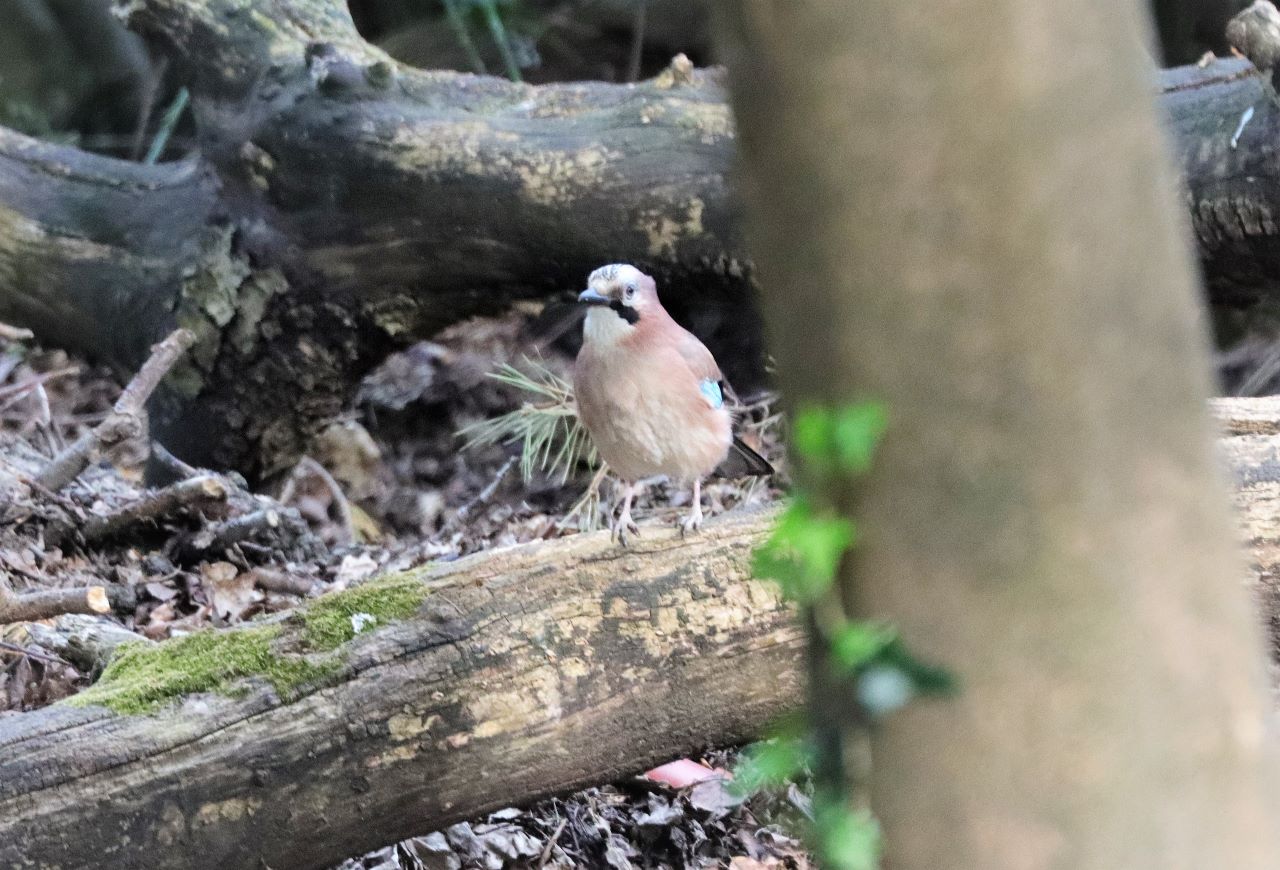
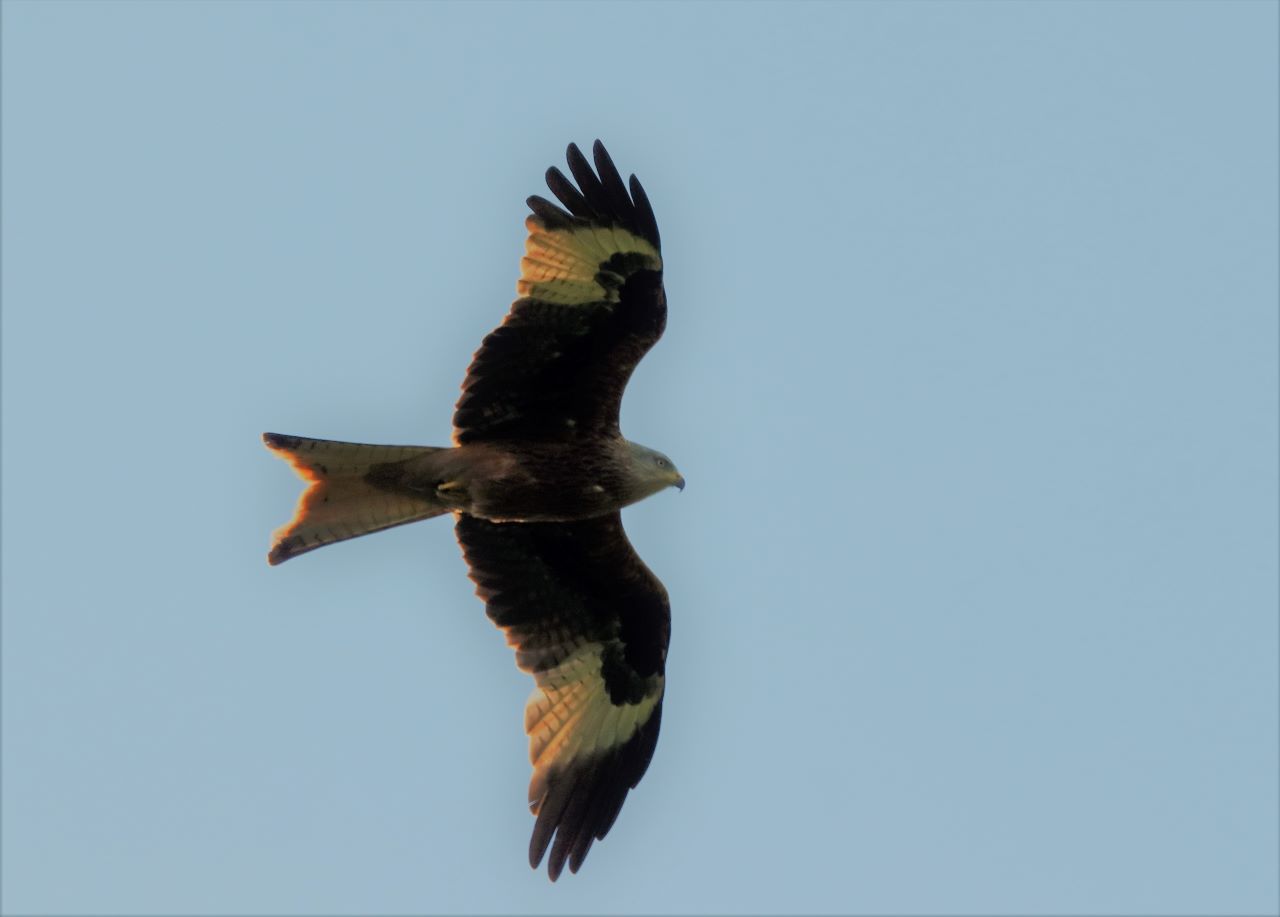
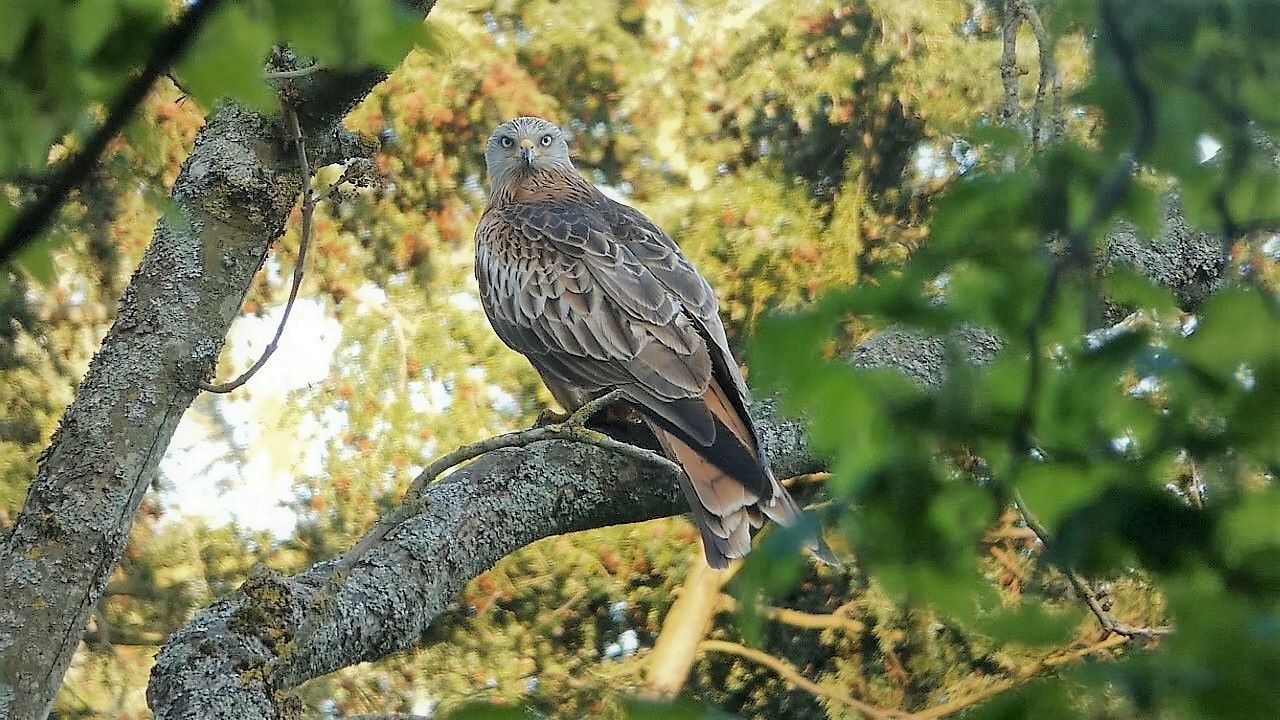
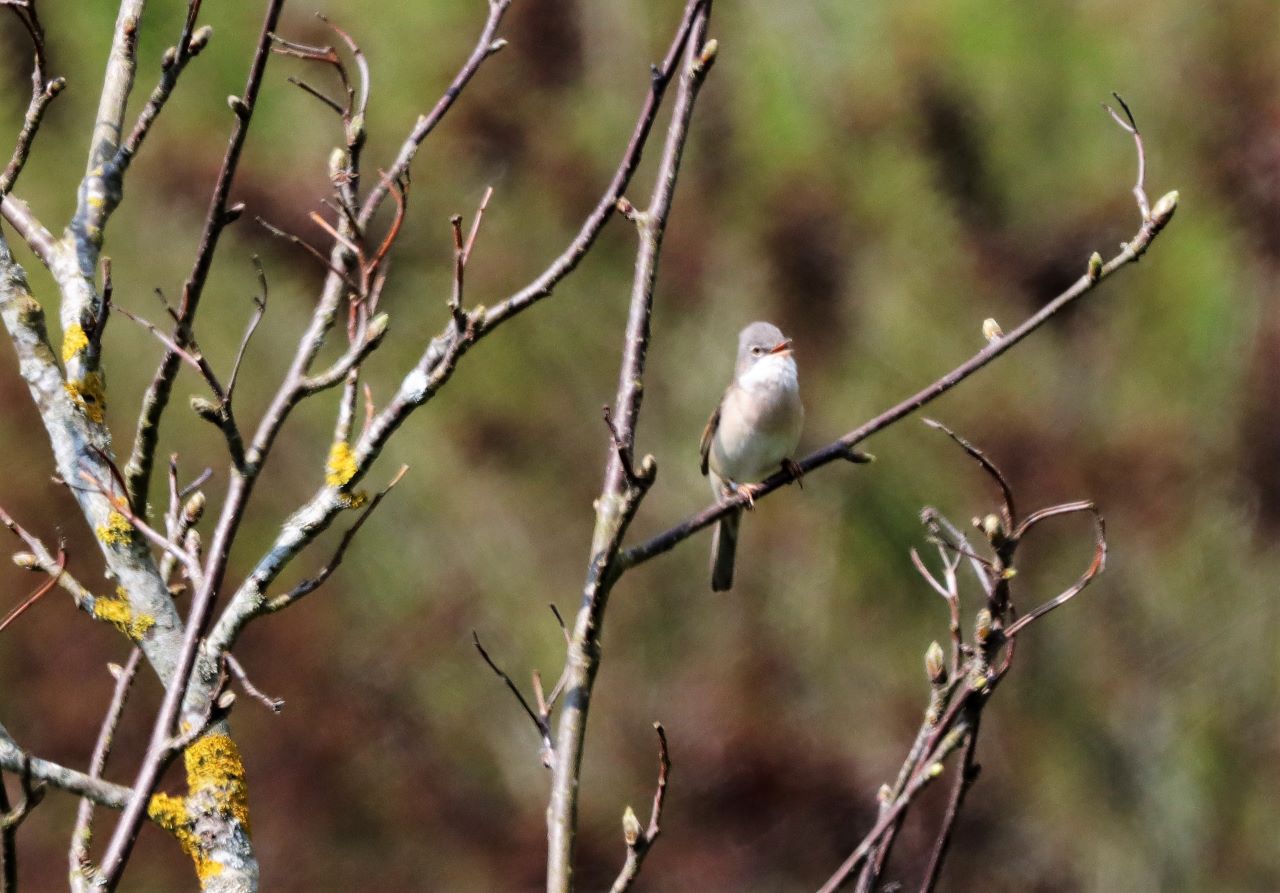
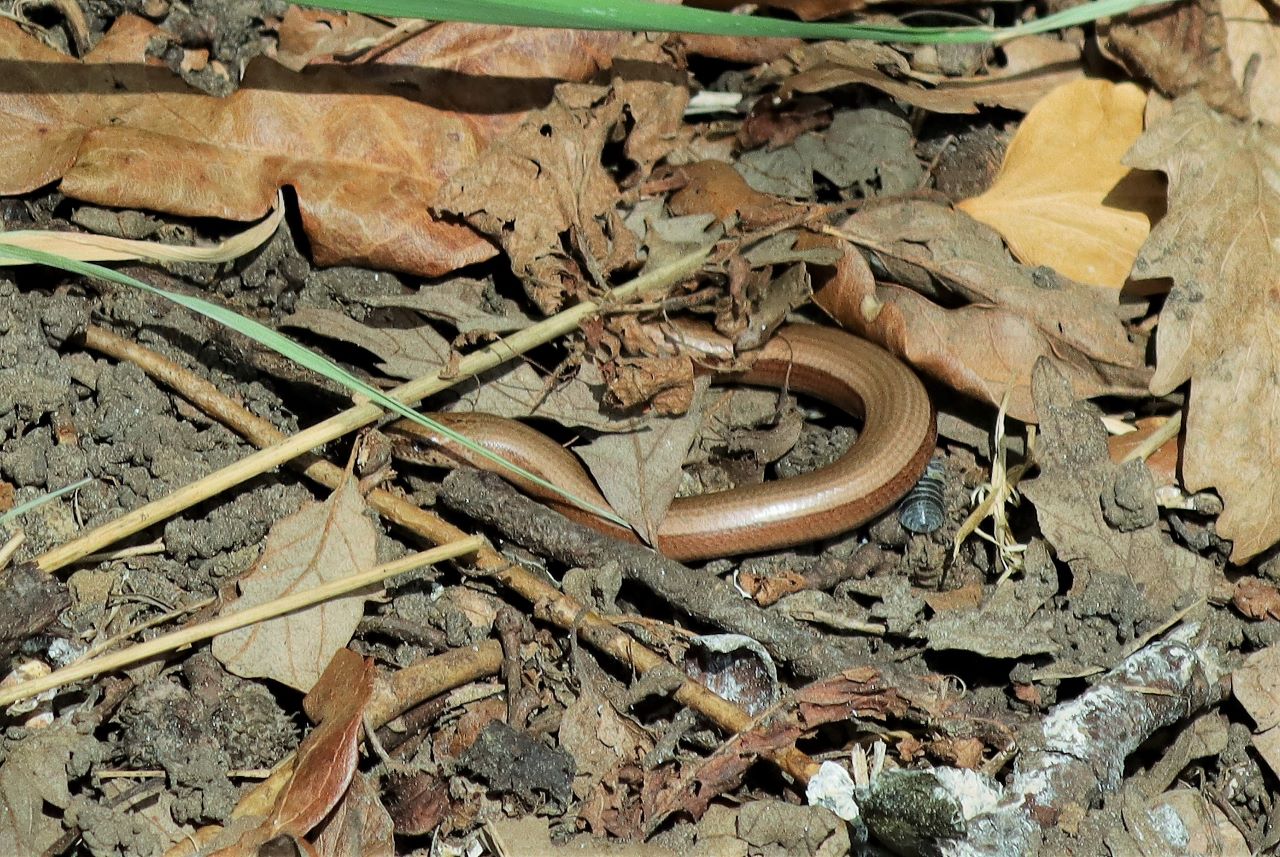


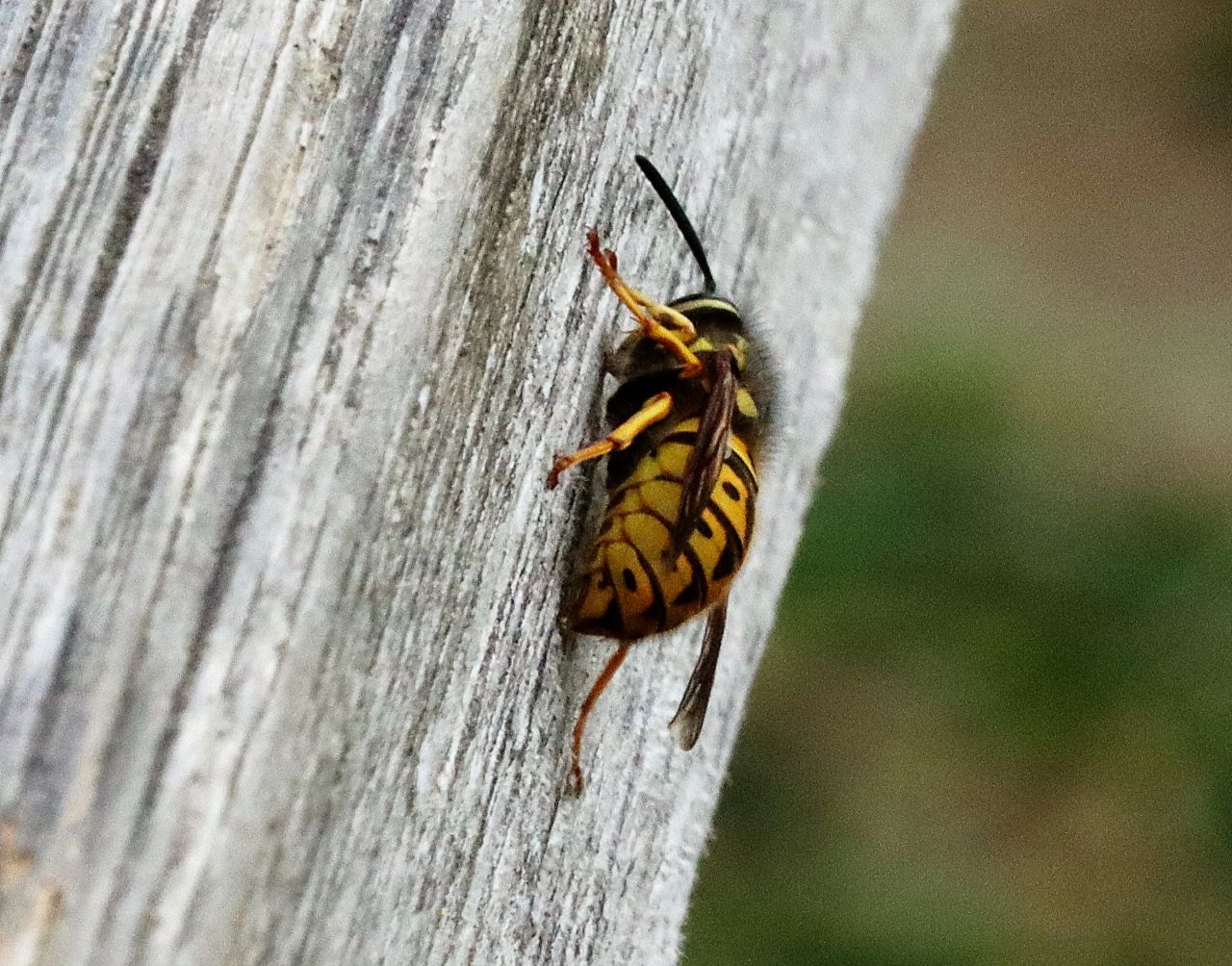
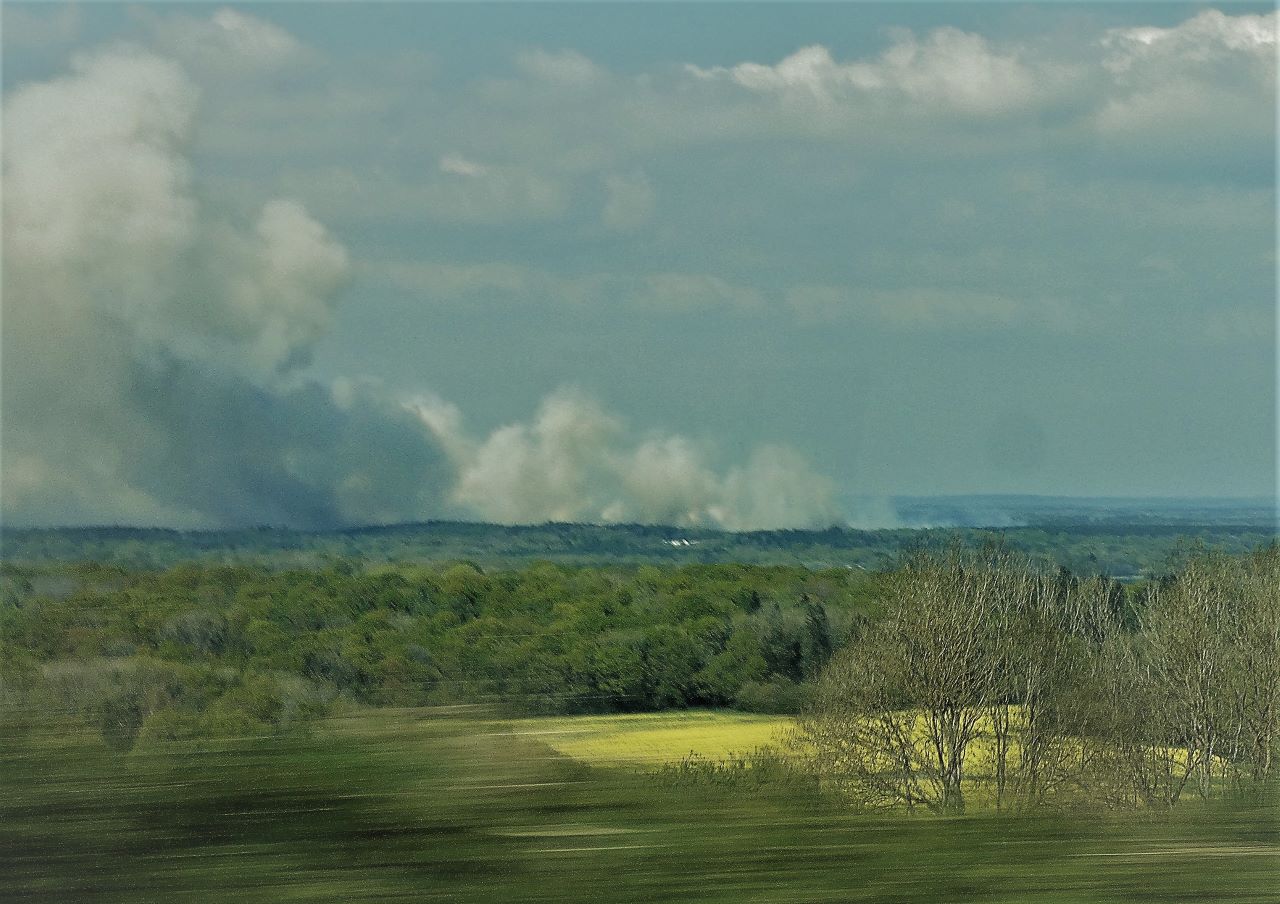
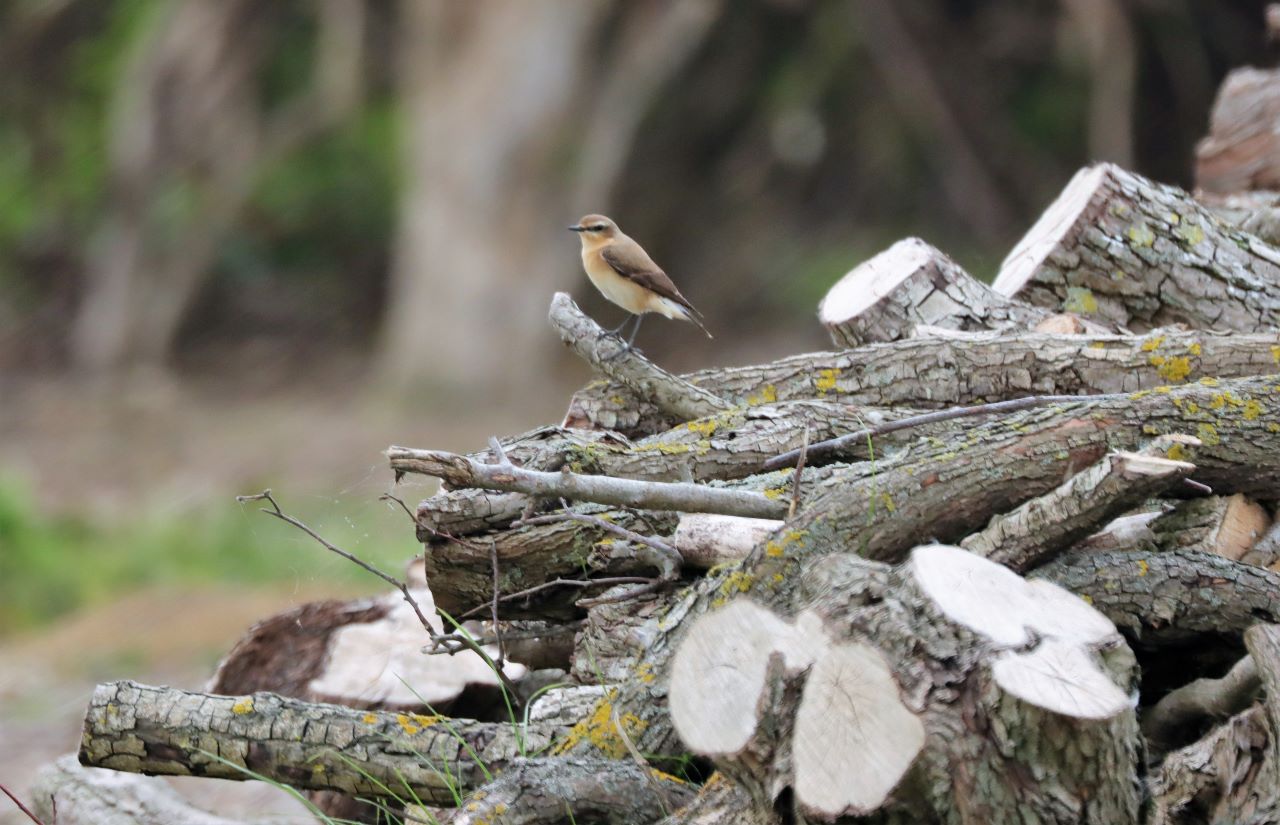
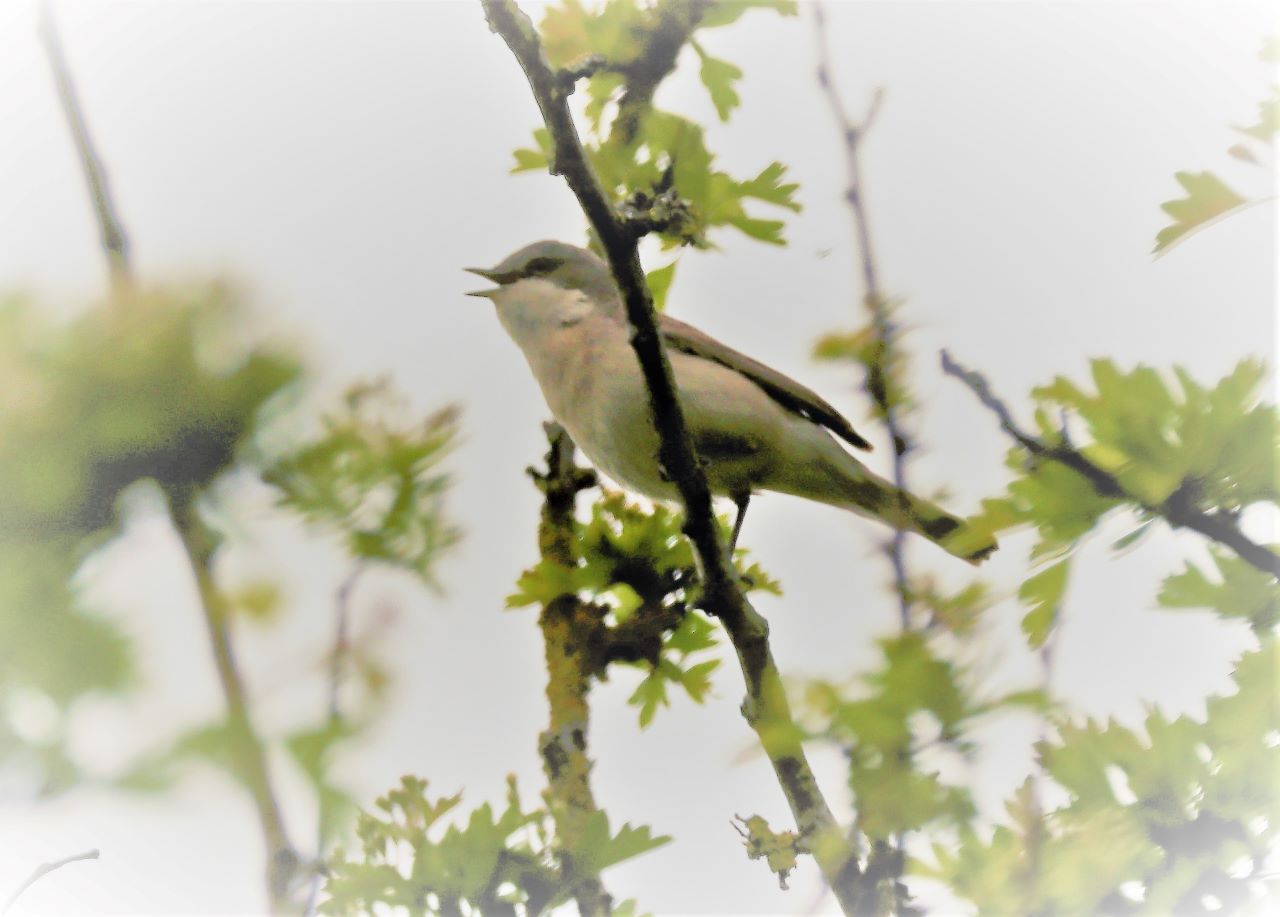
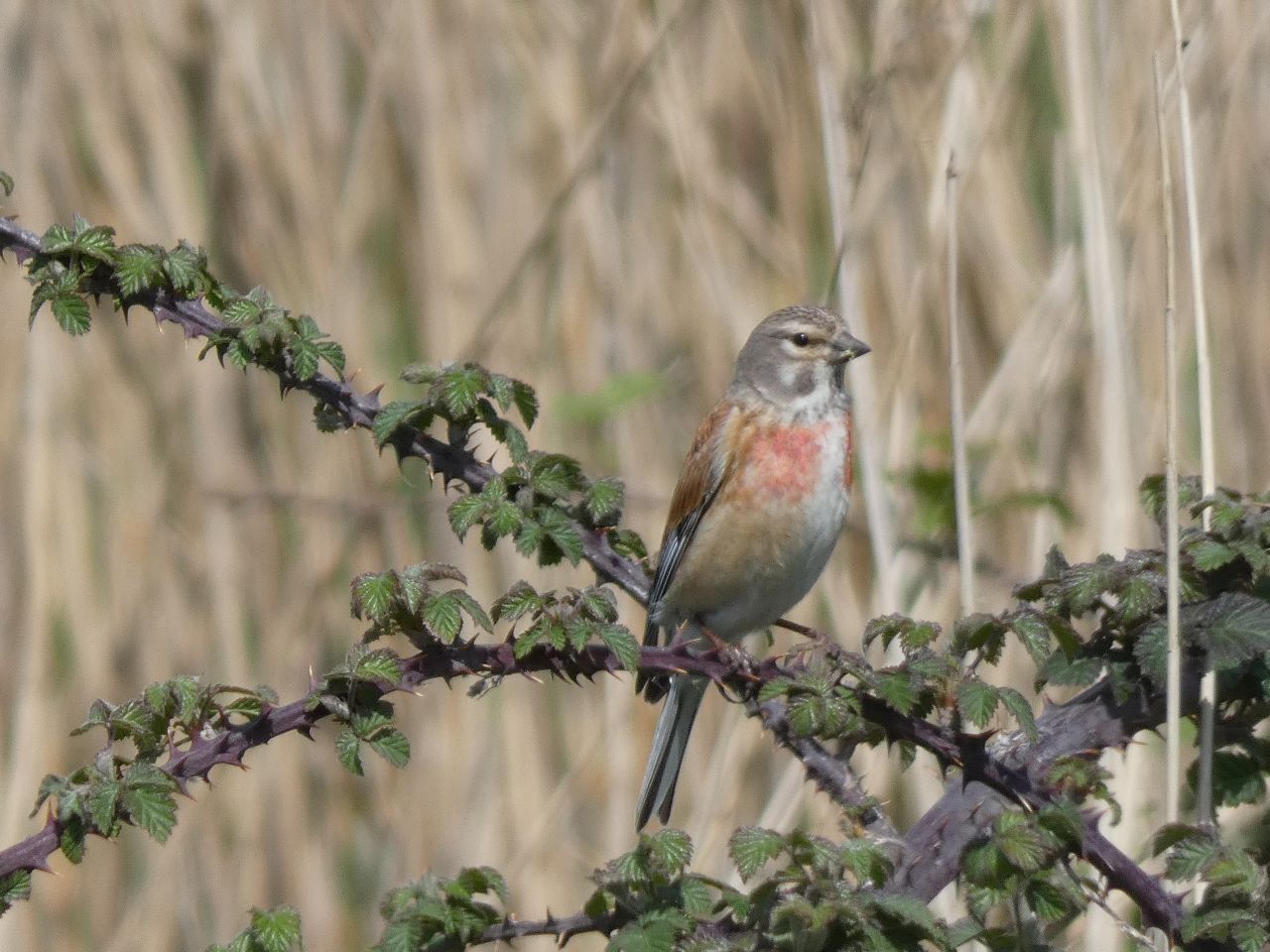
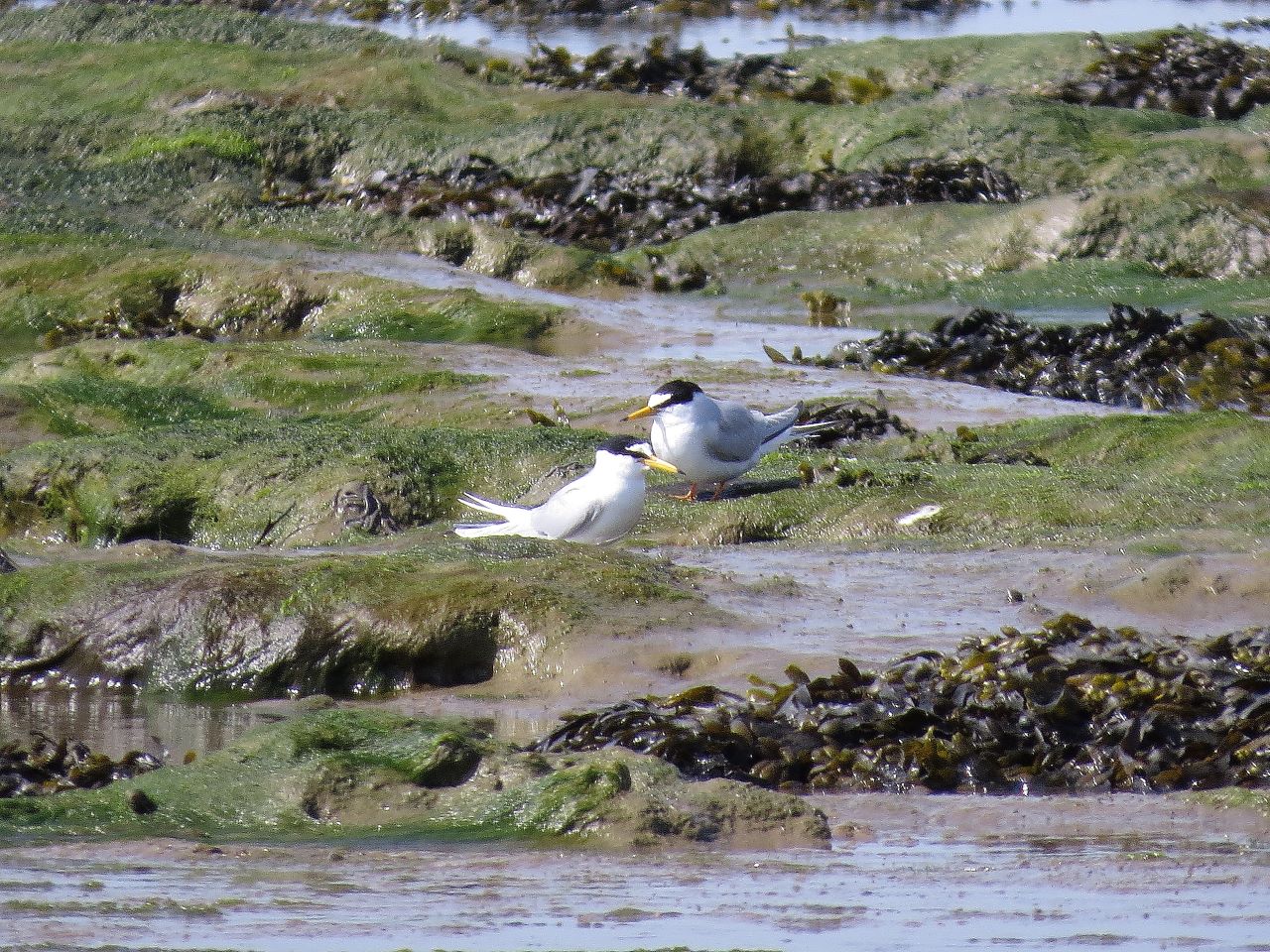

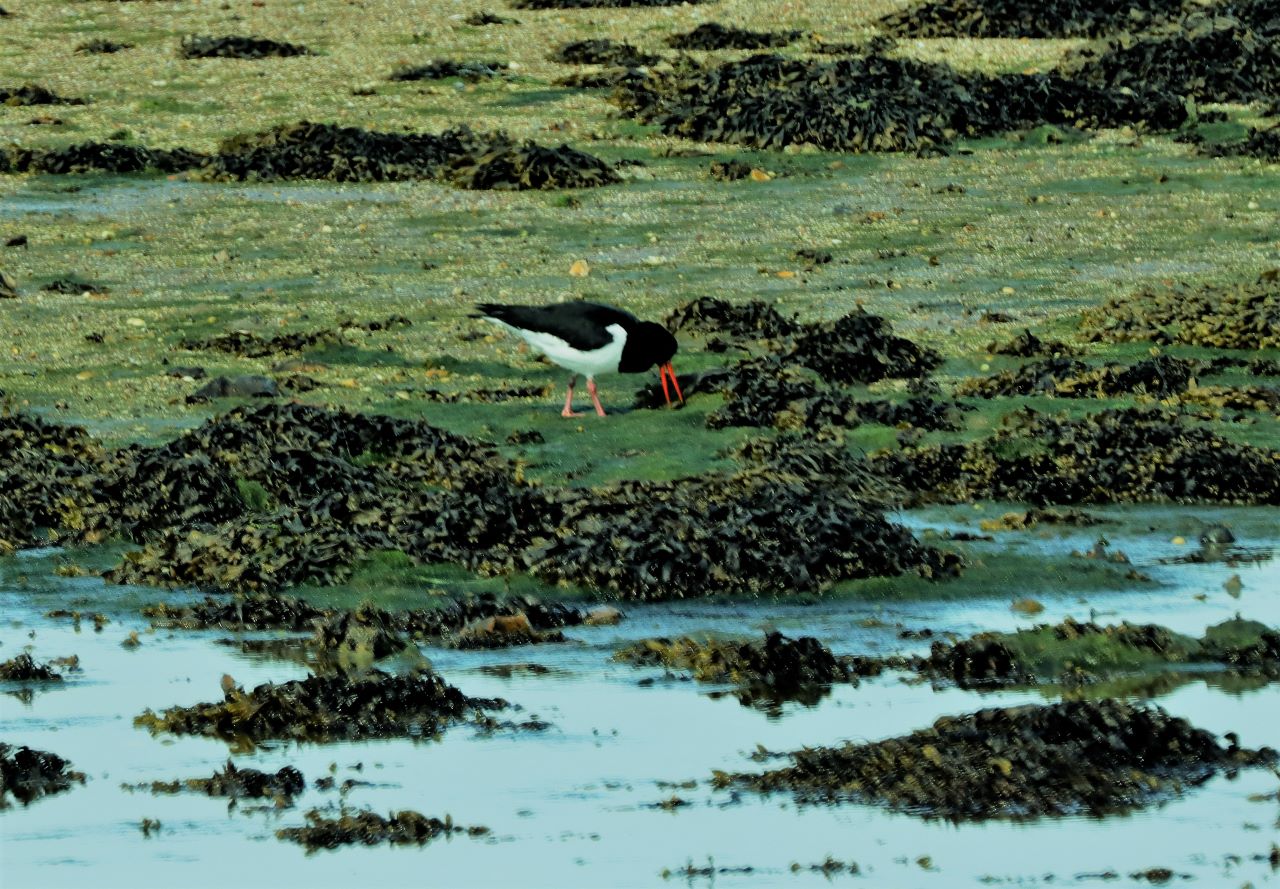
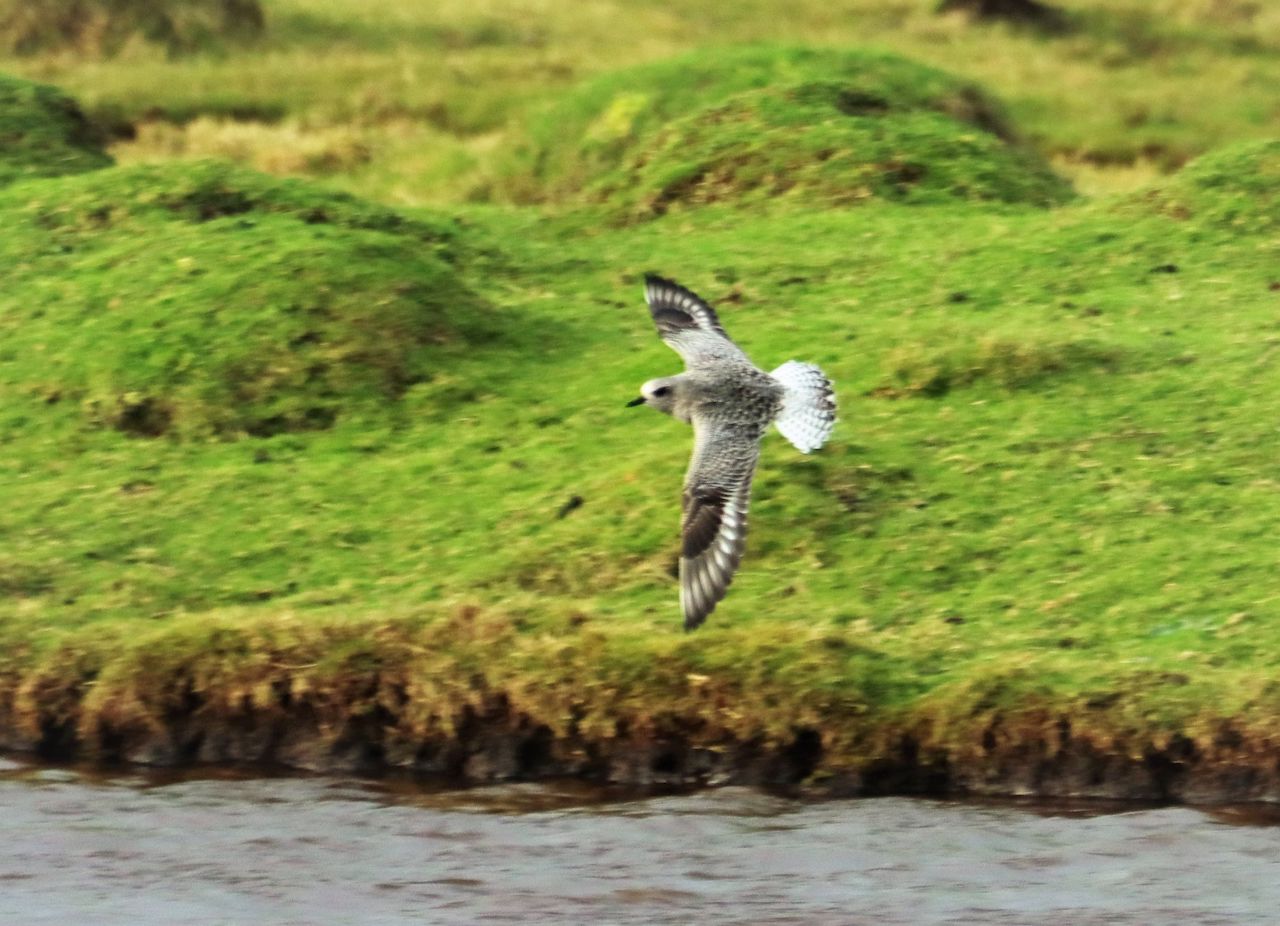
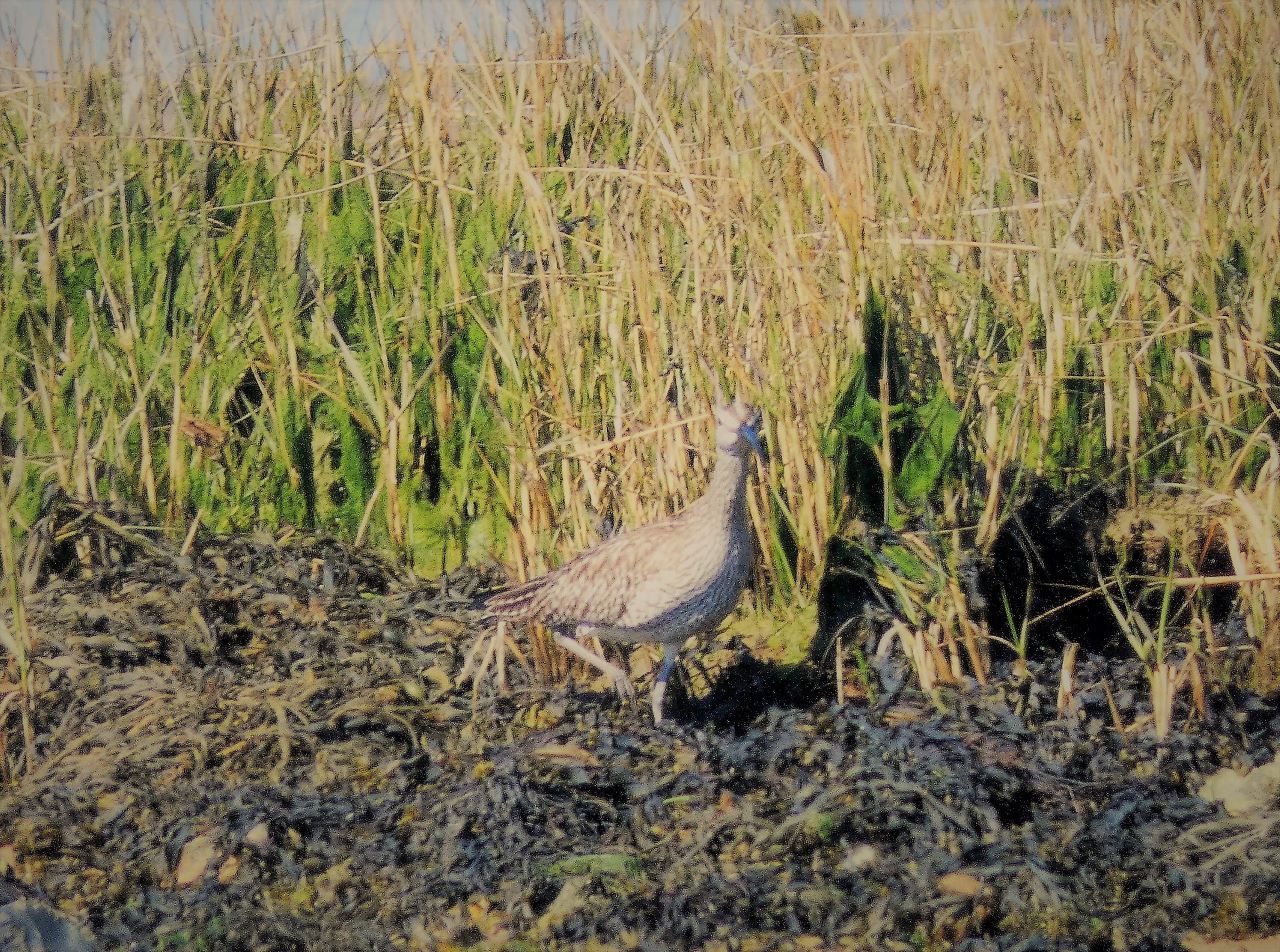
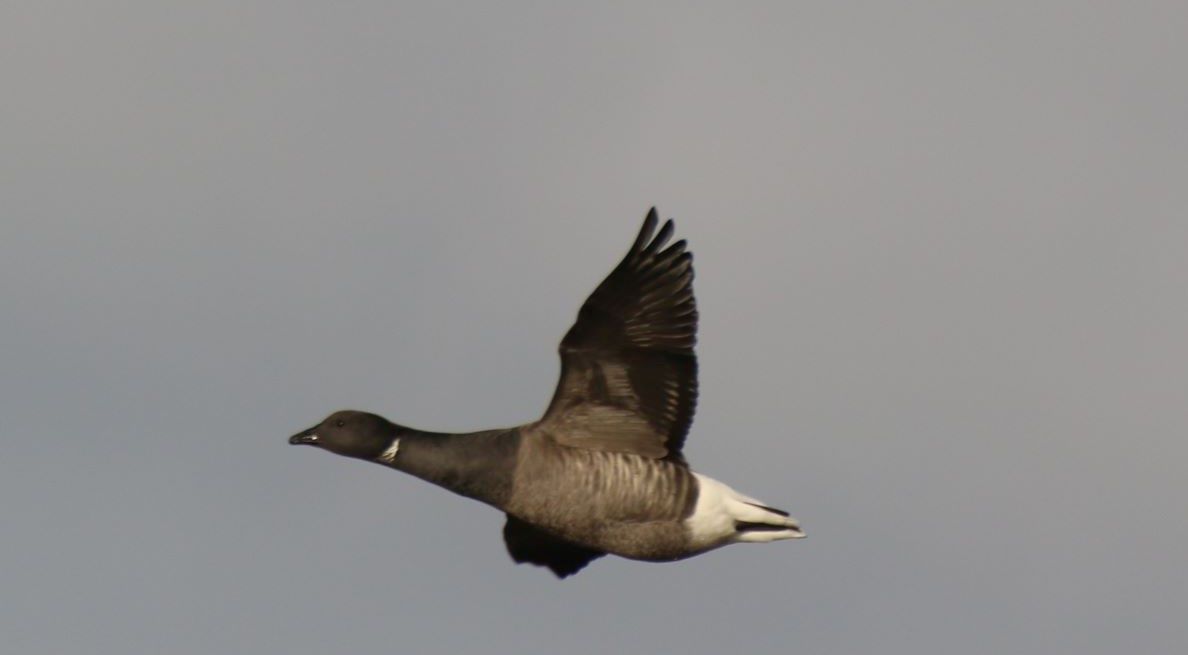
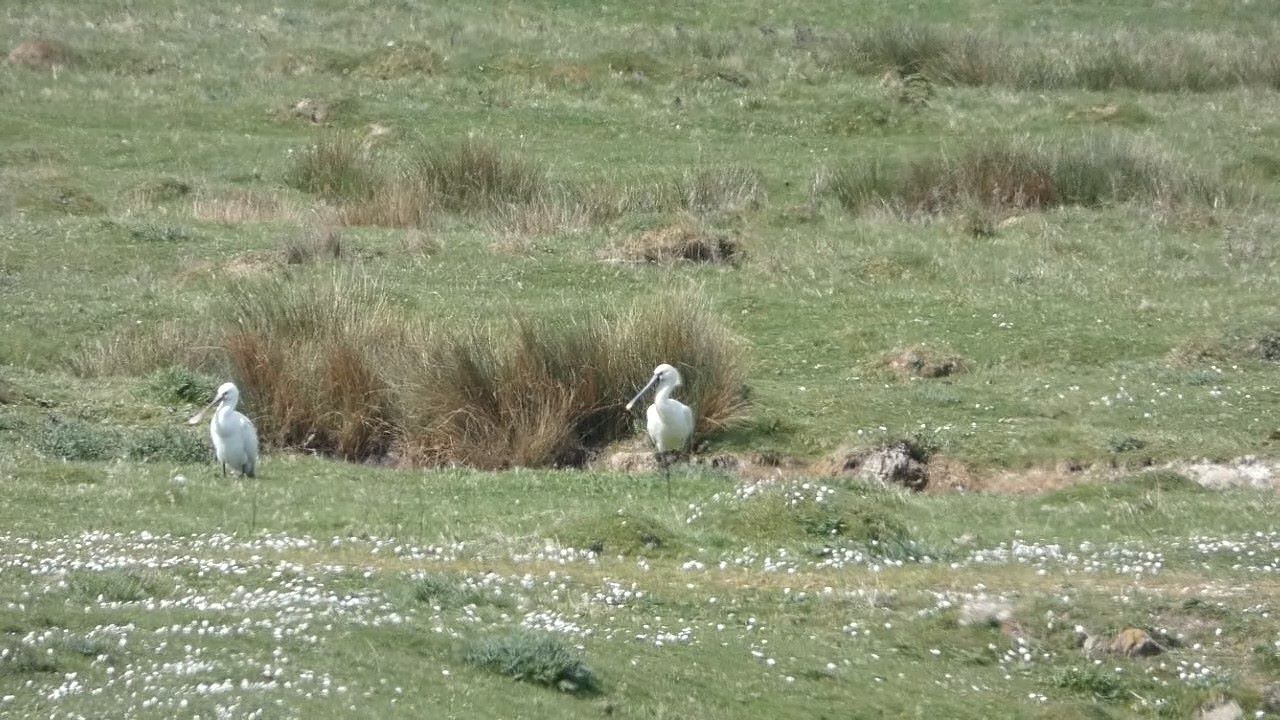
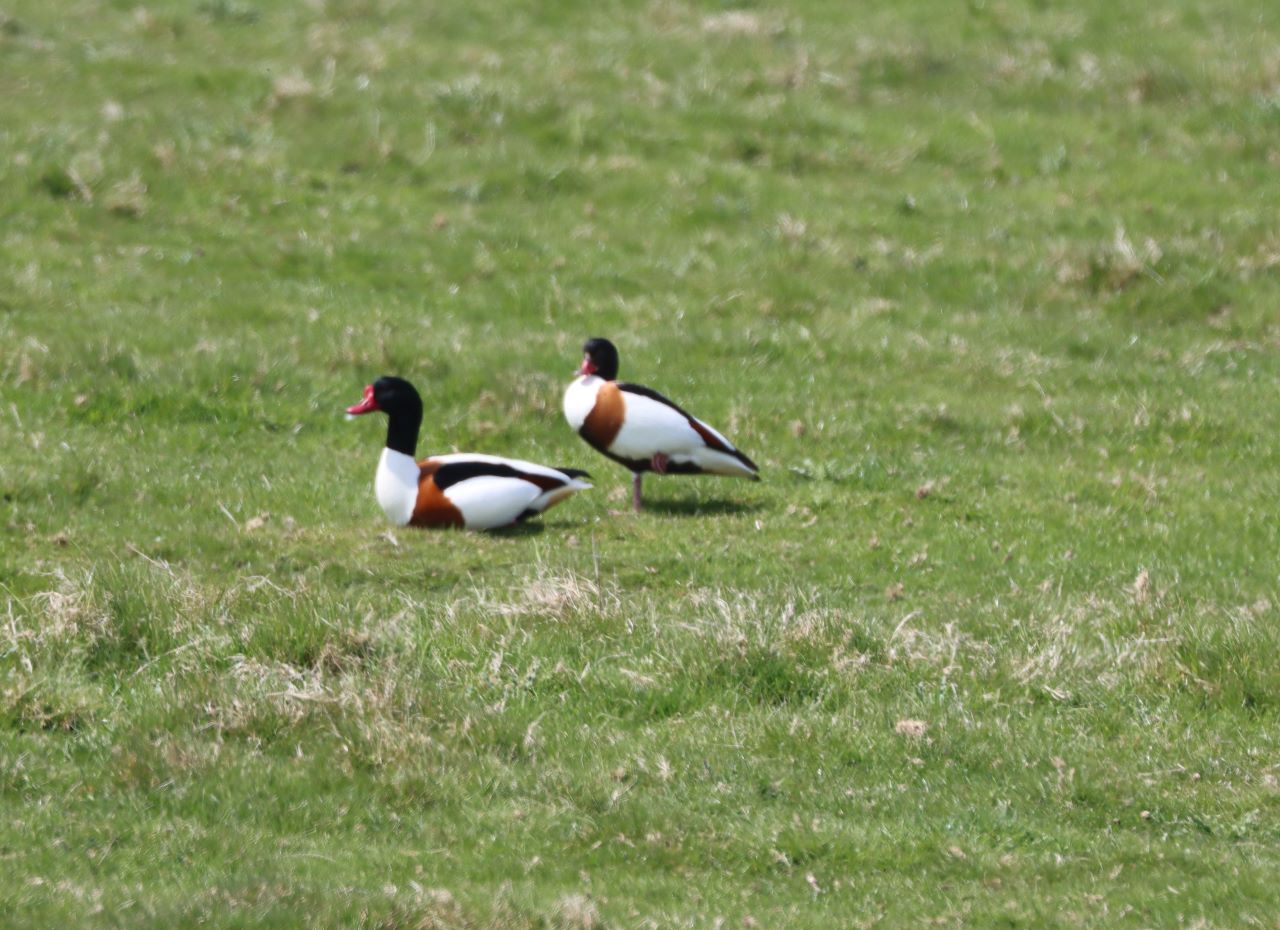
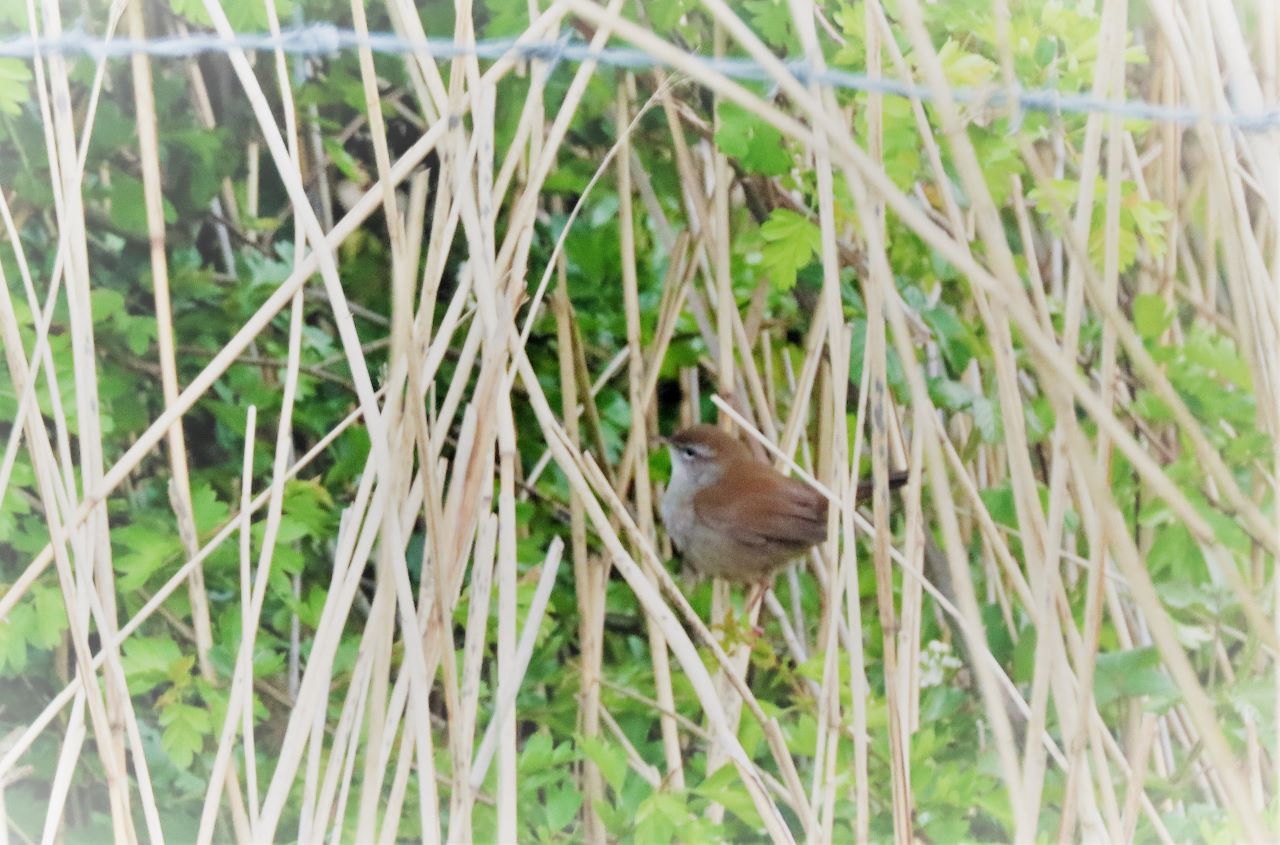
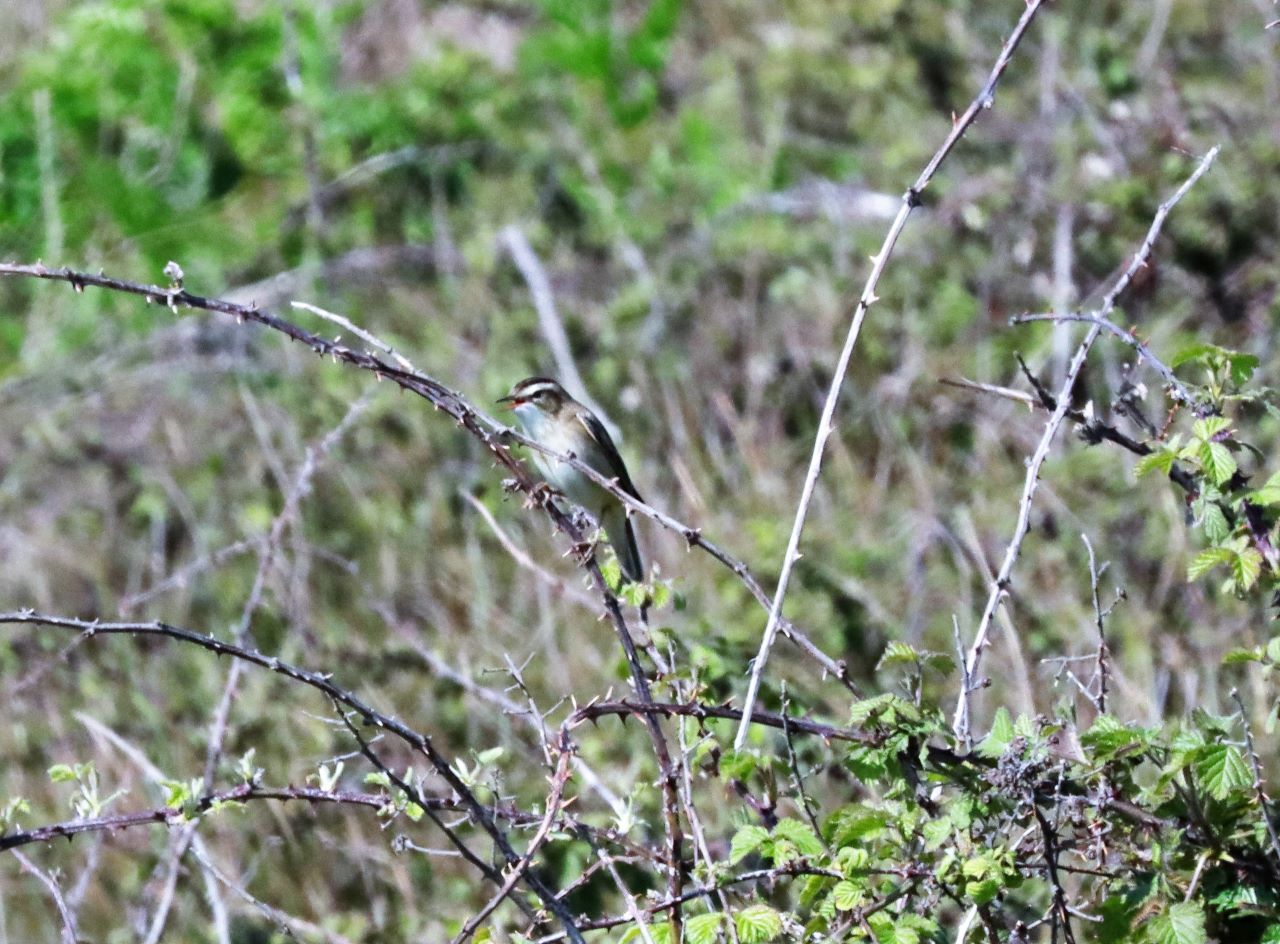
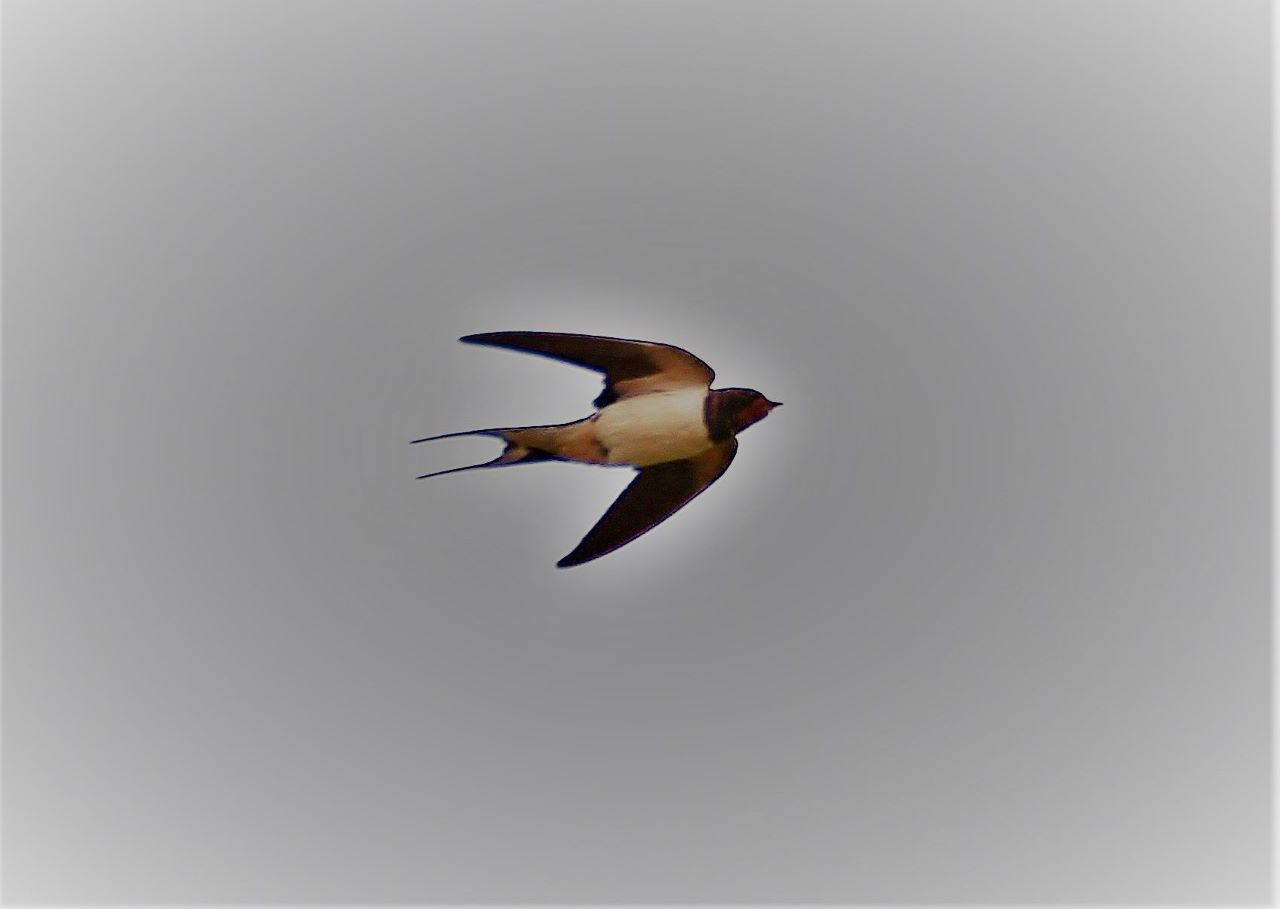



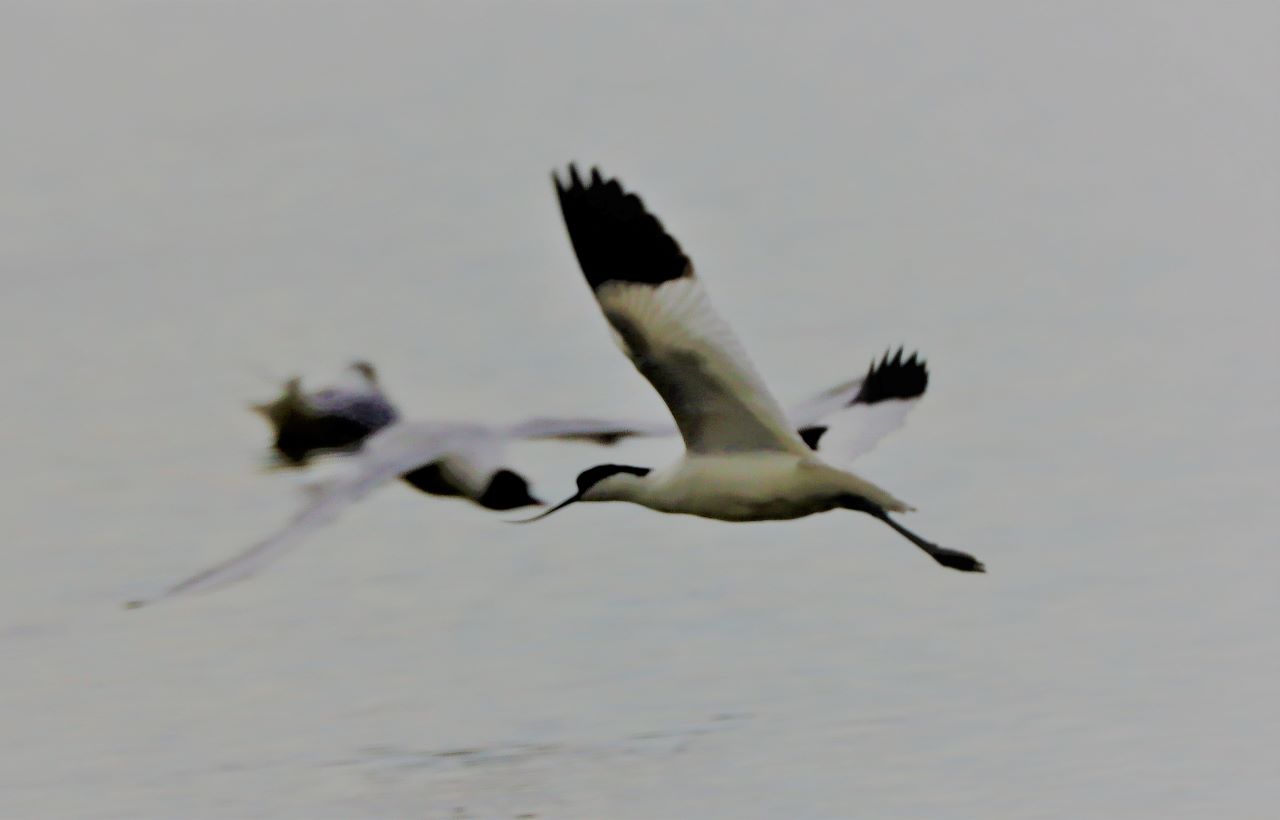

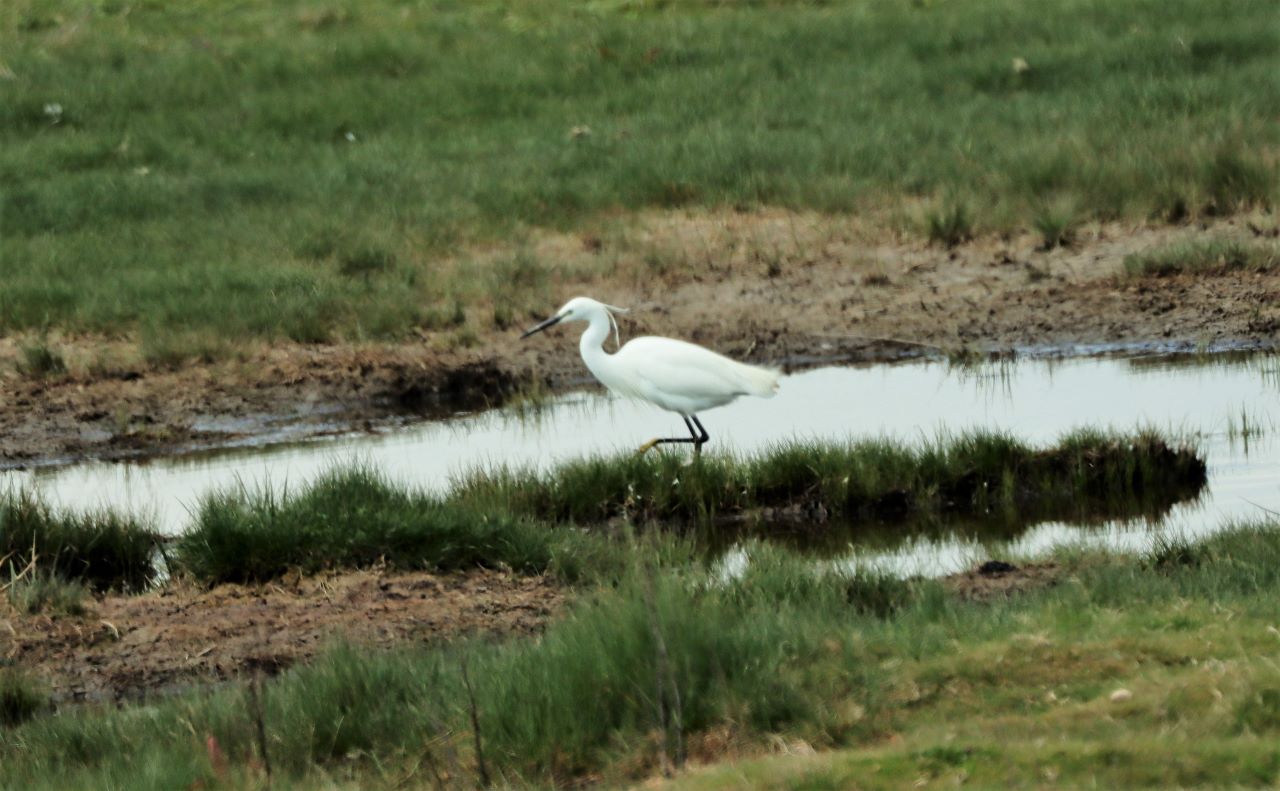
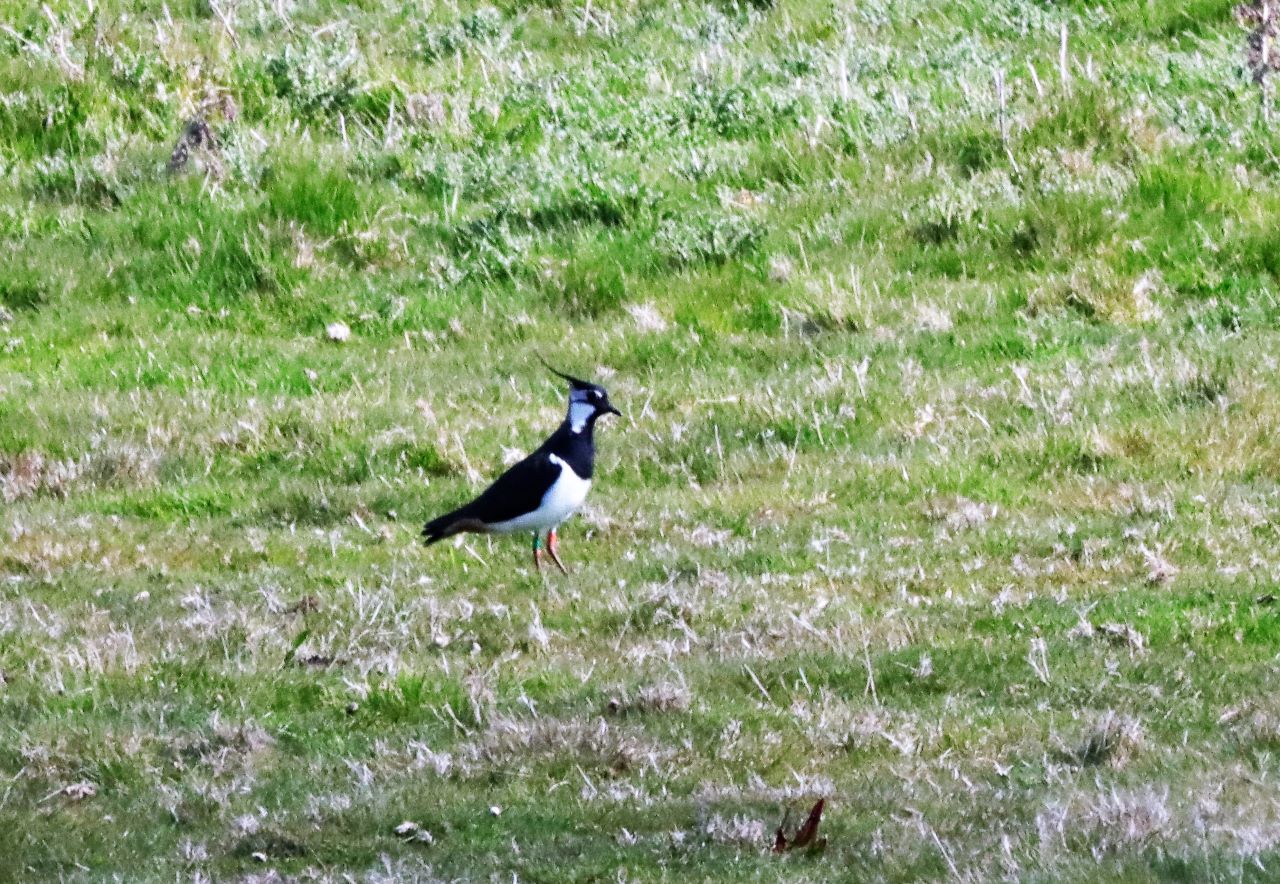




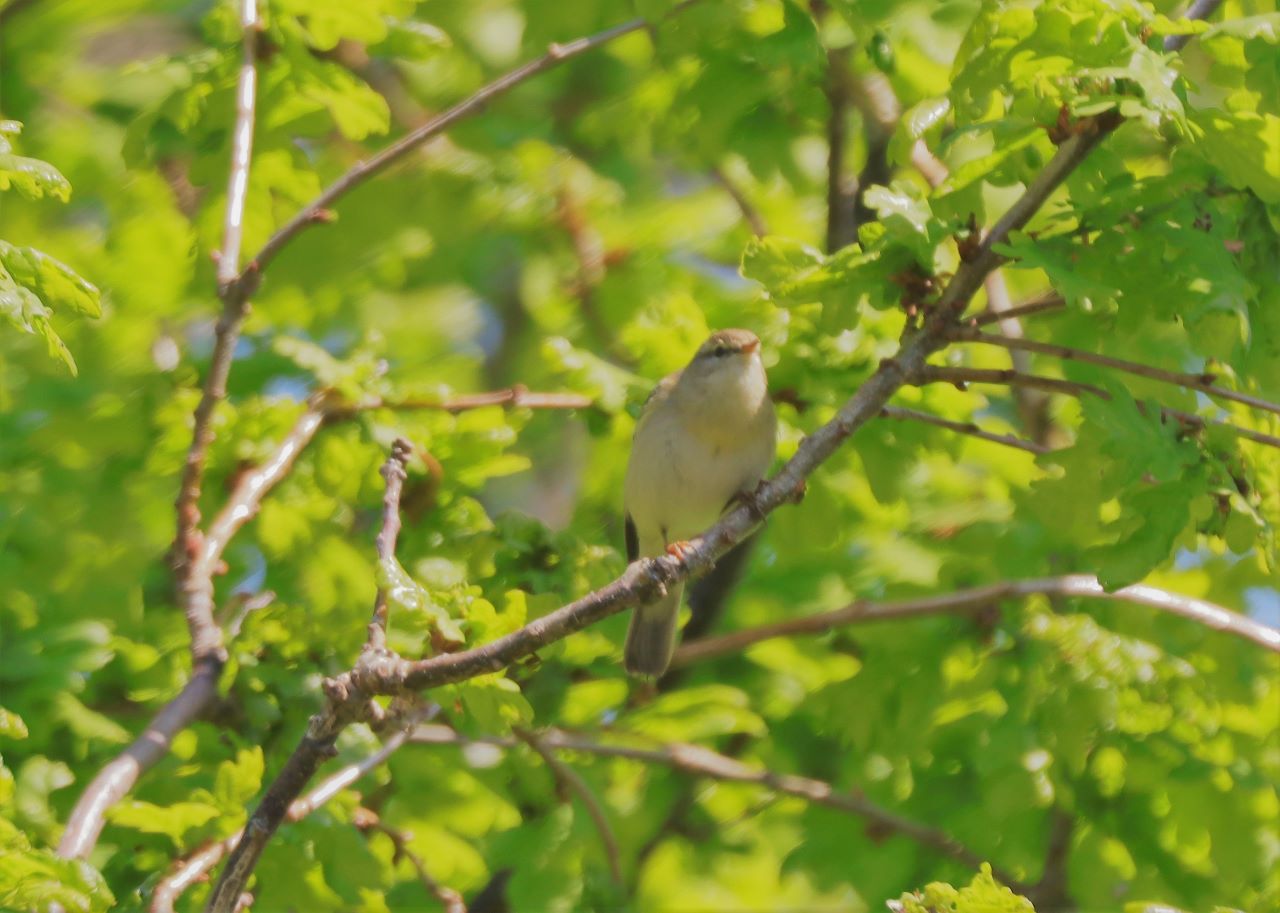

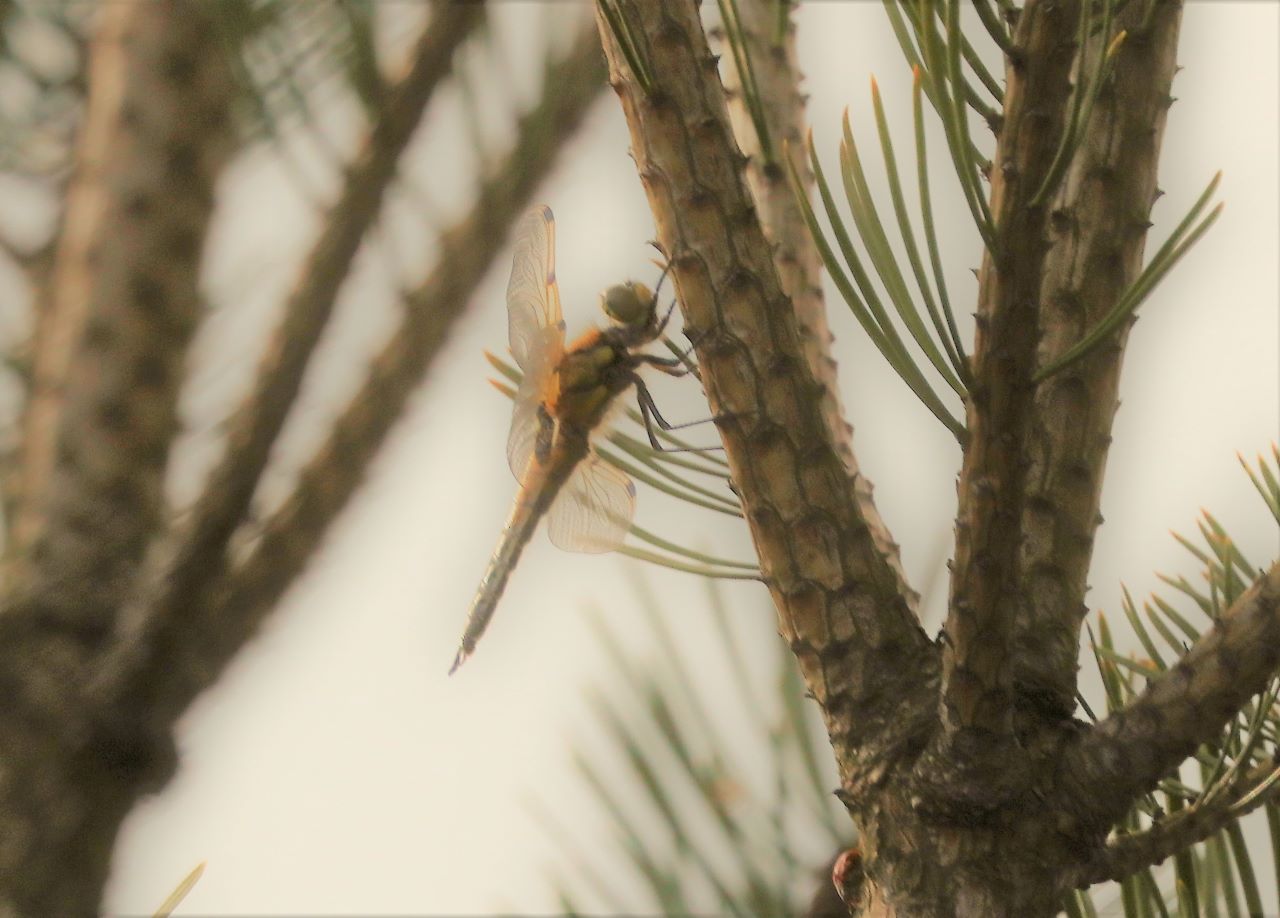
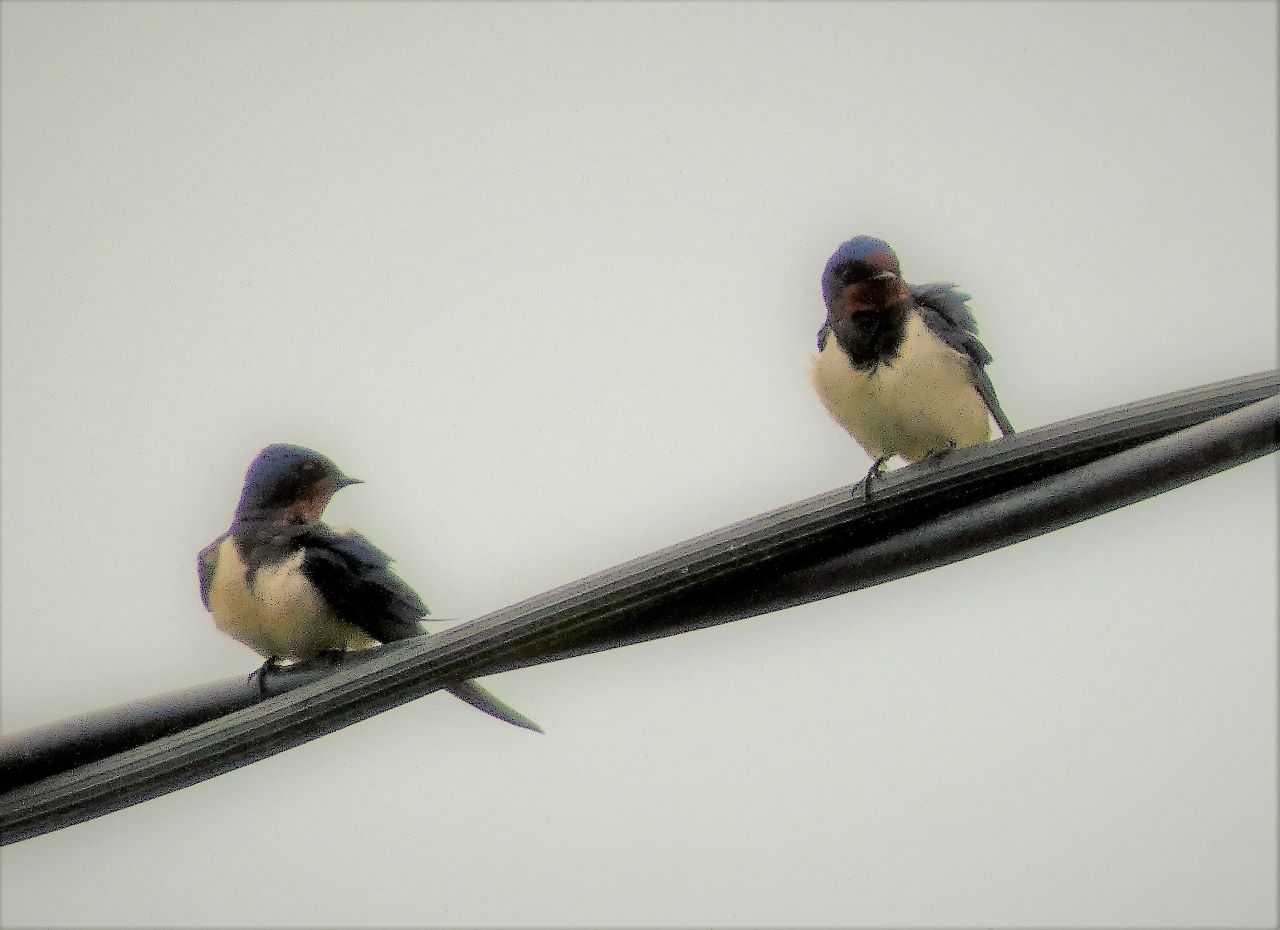

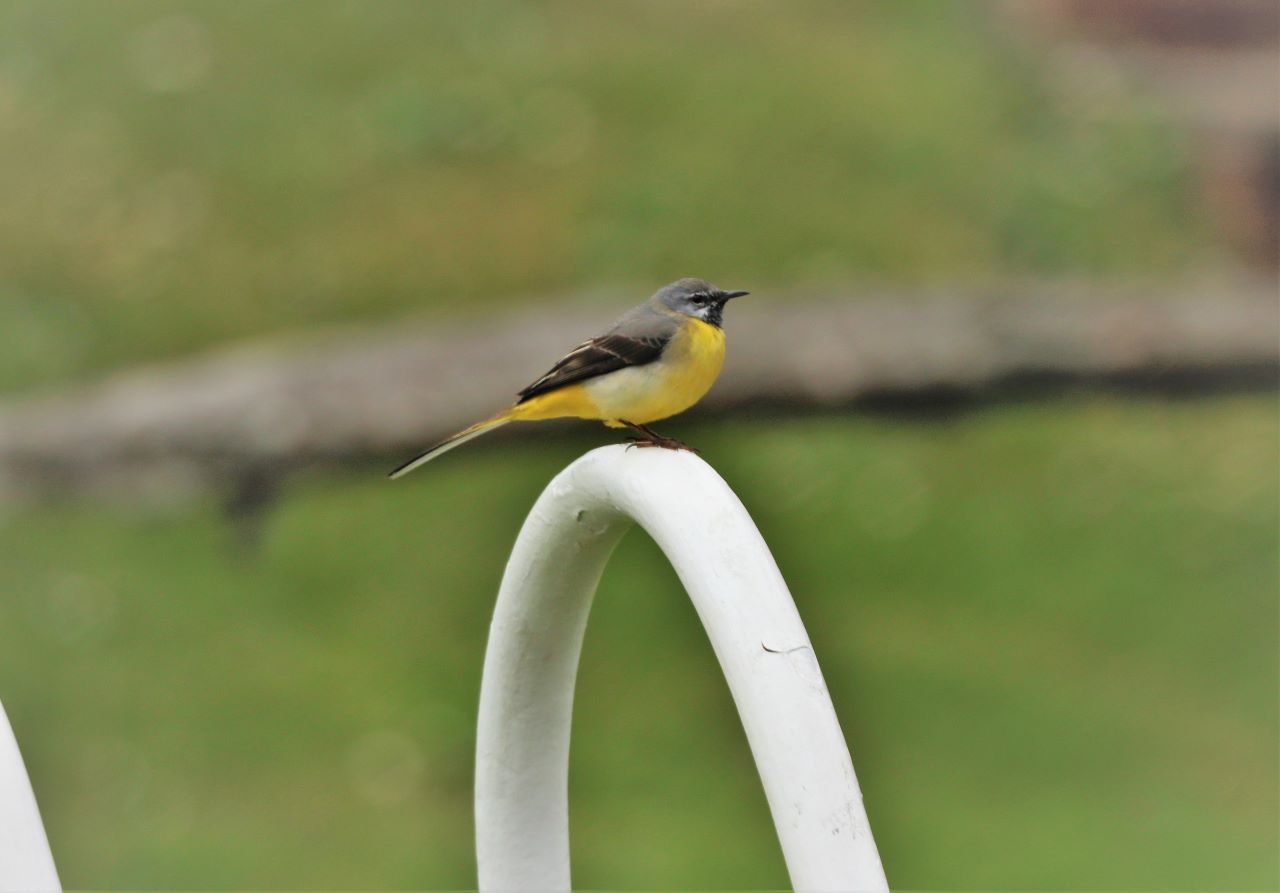
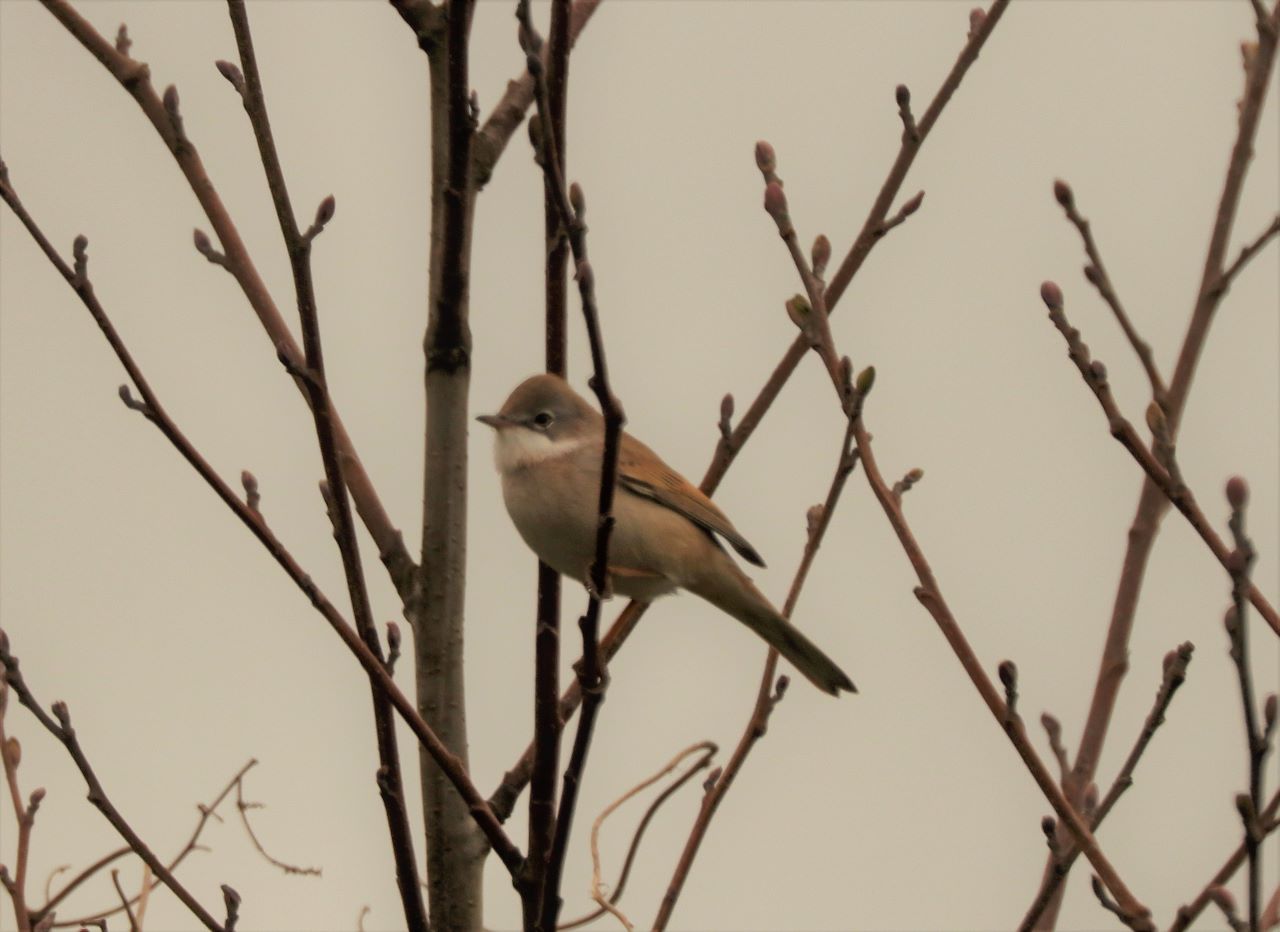
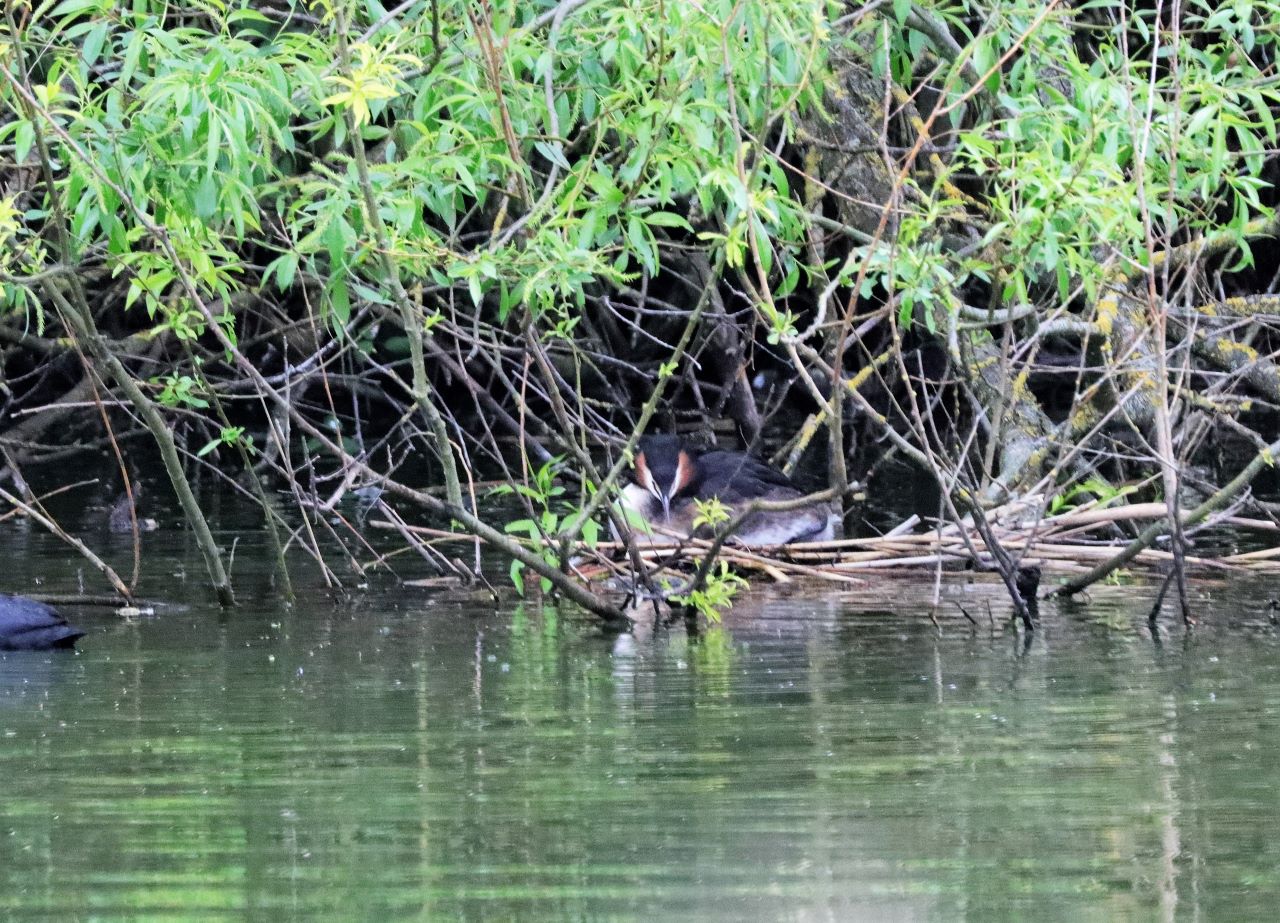
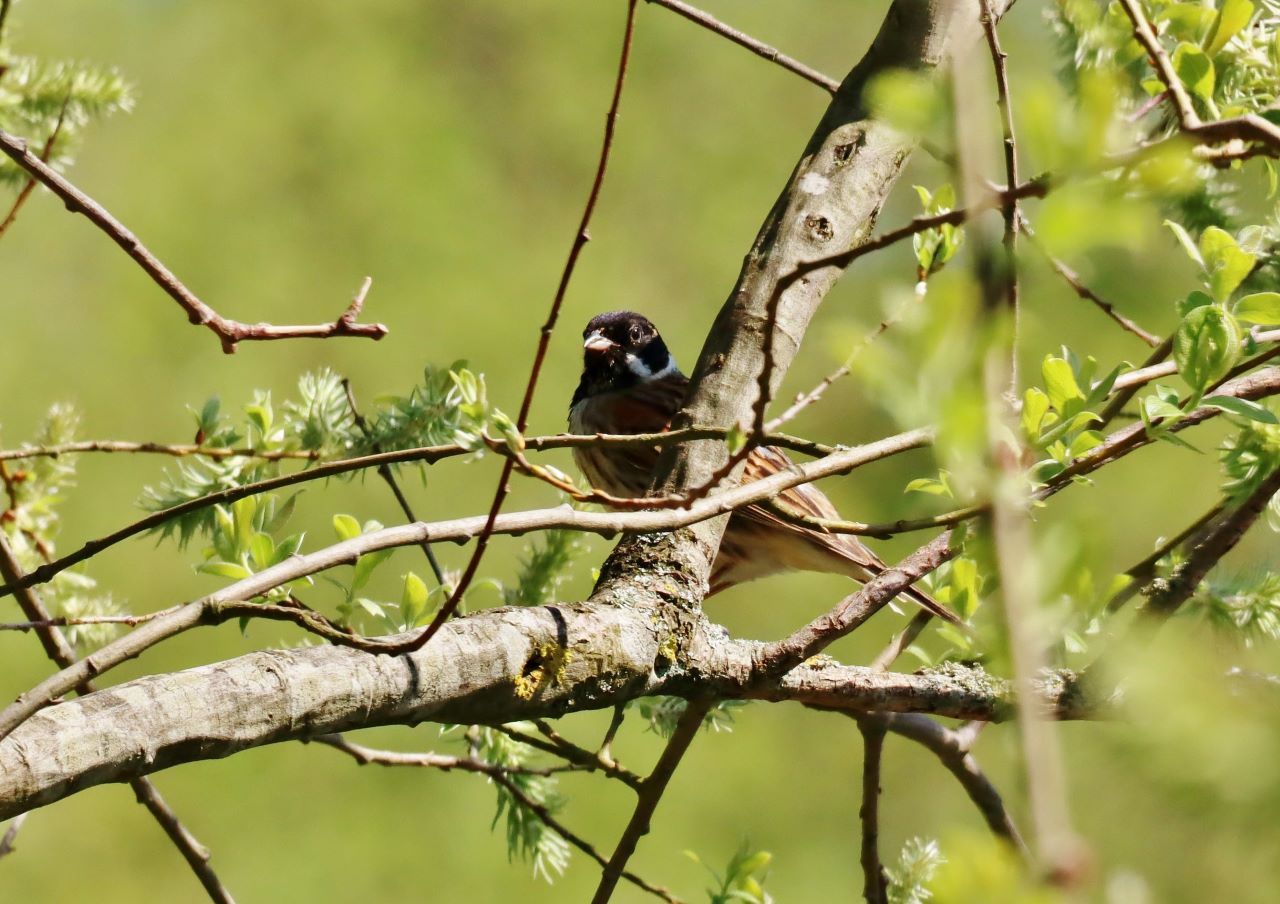
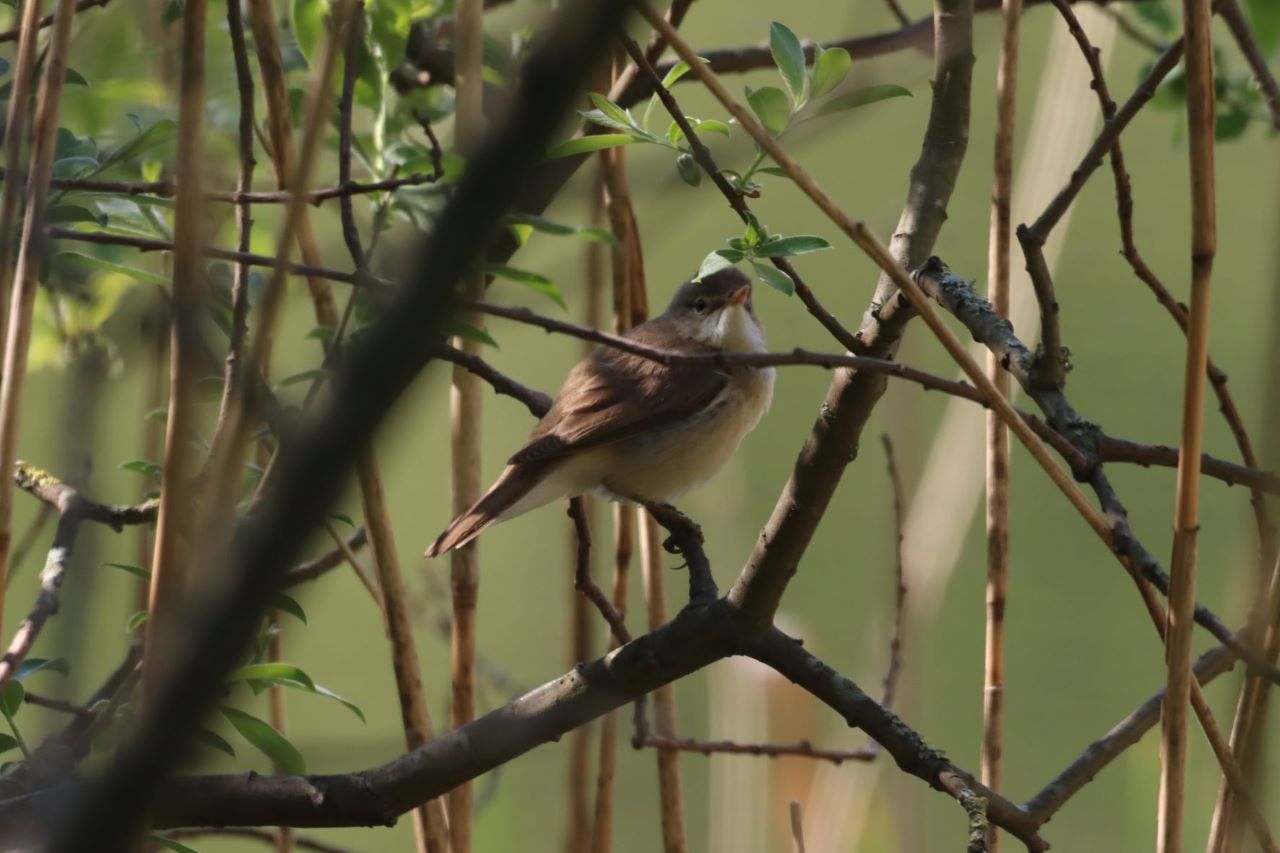
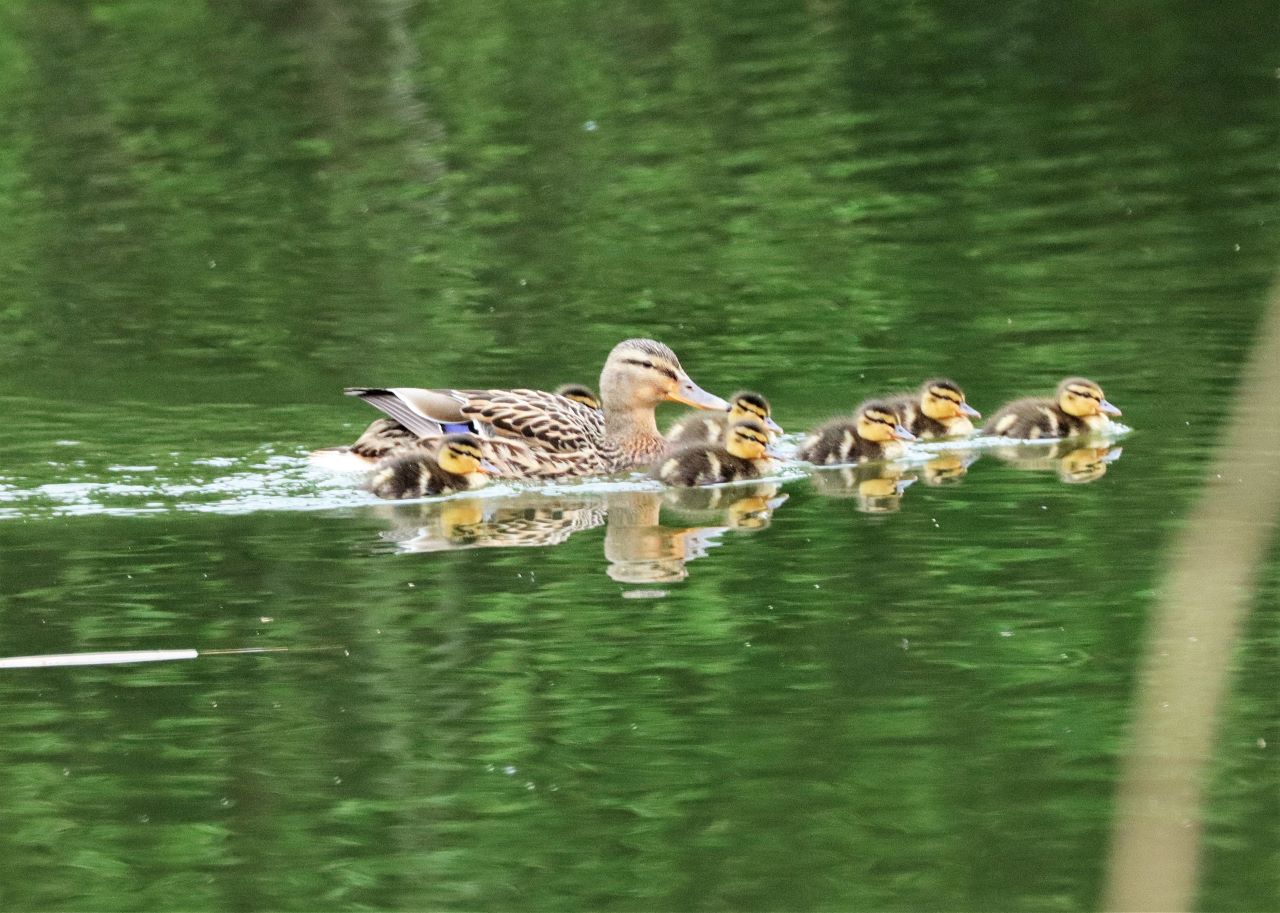

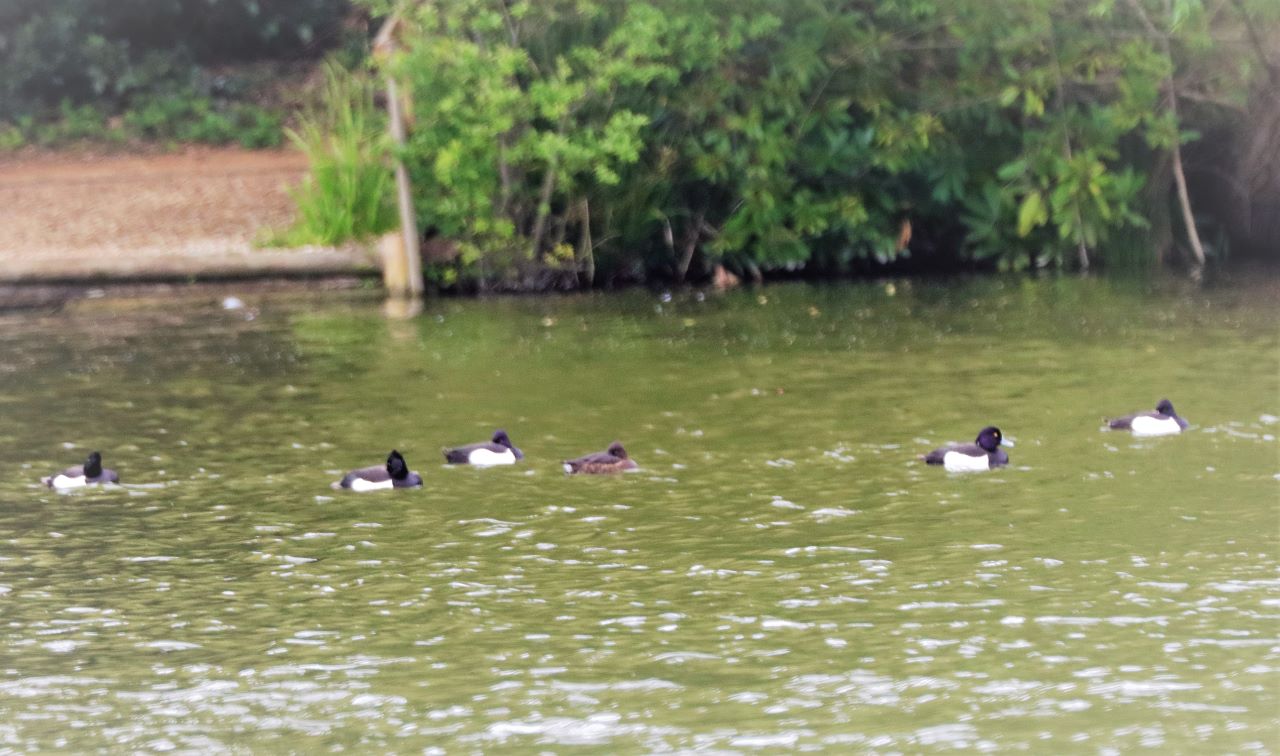
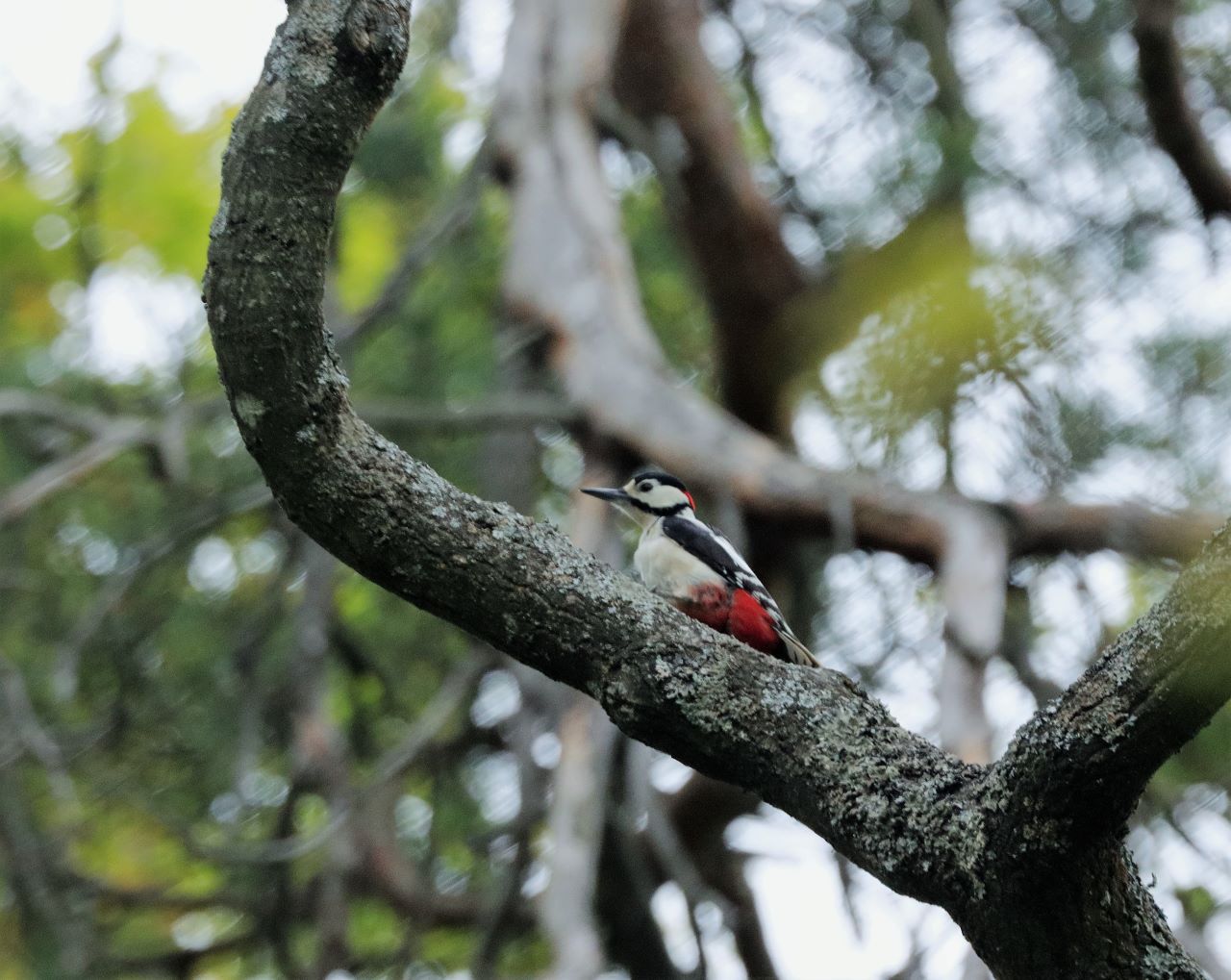




Recent Comments